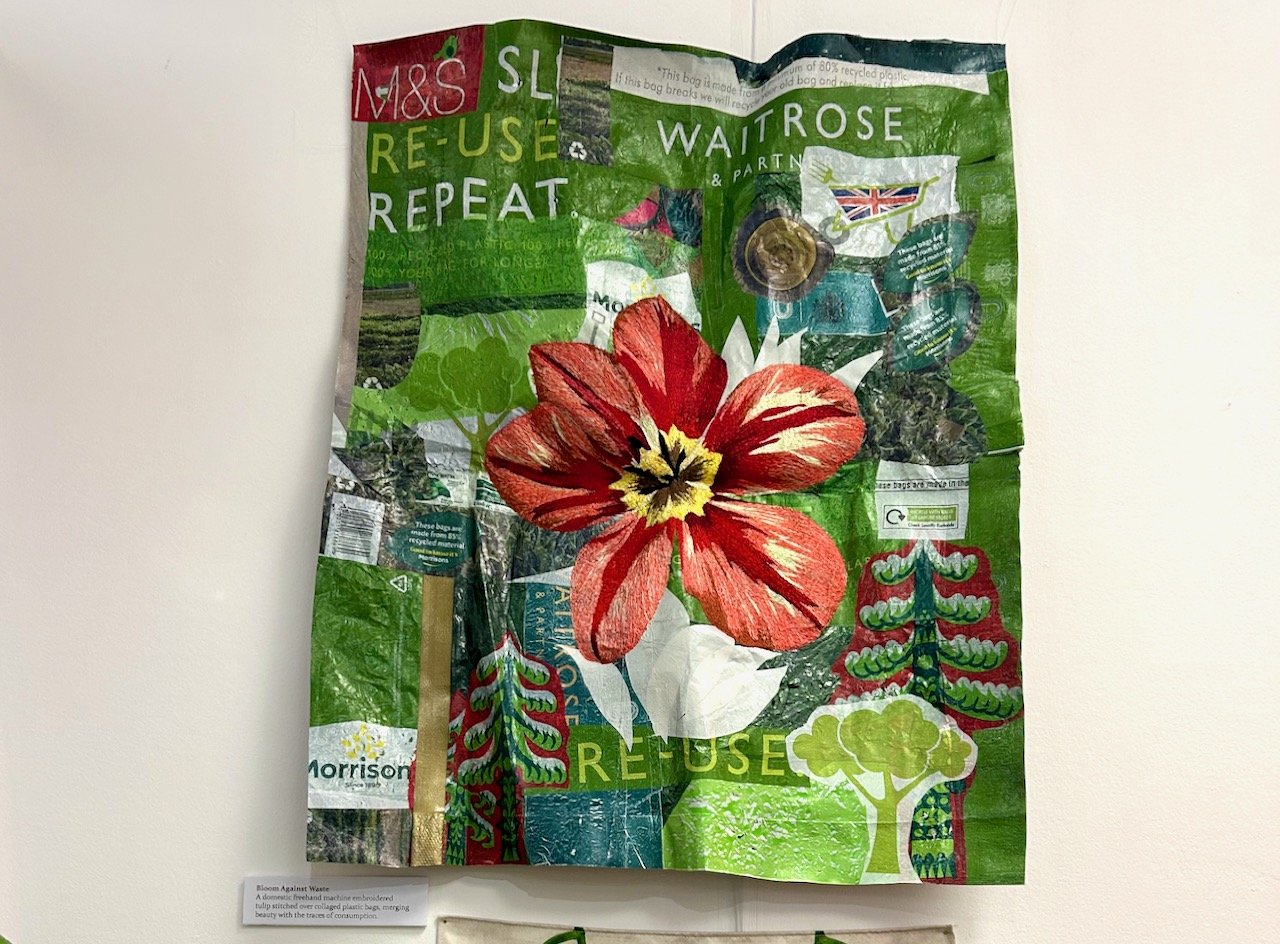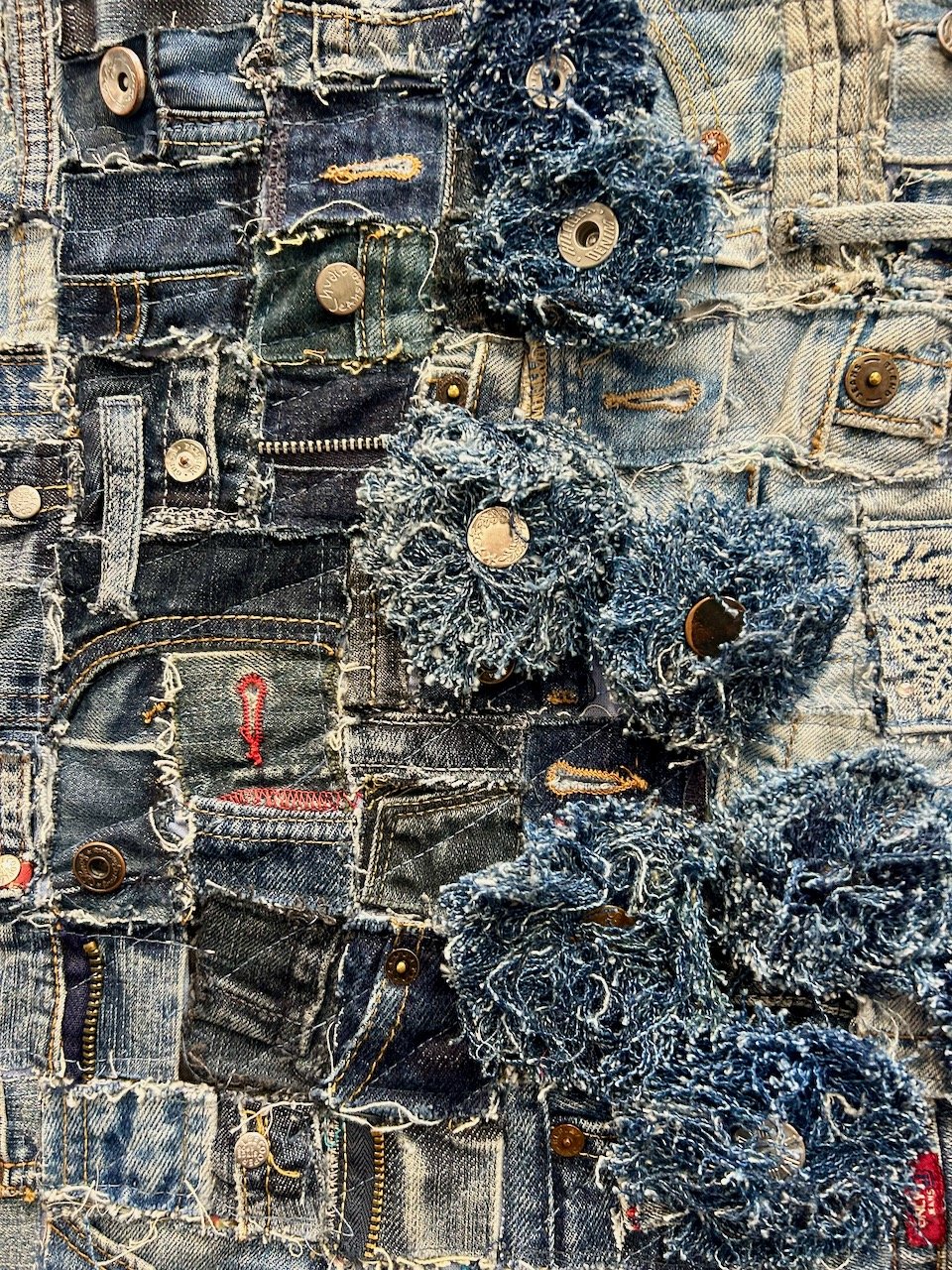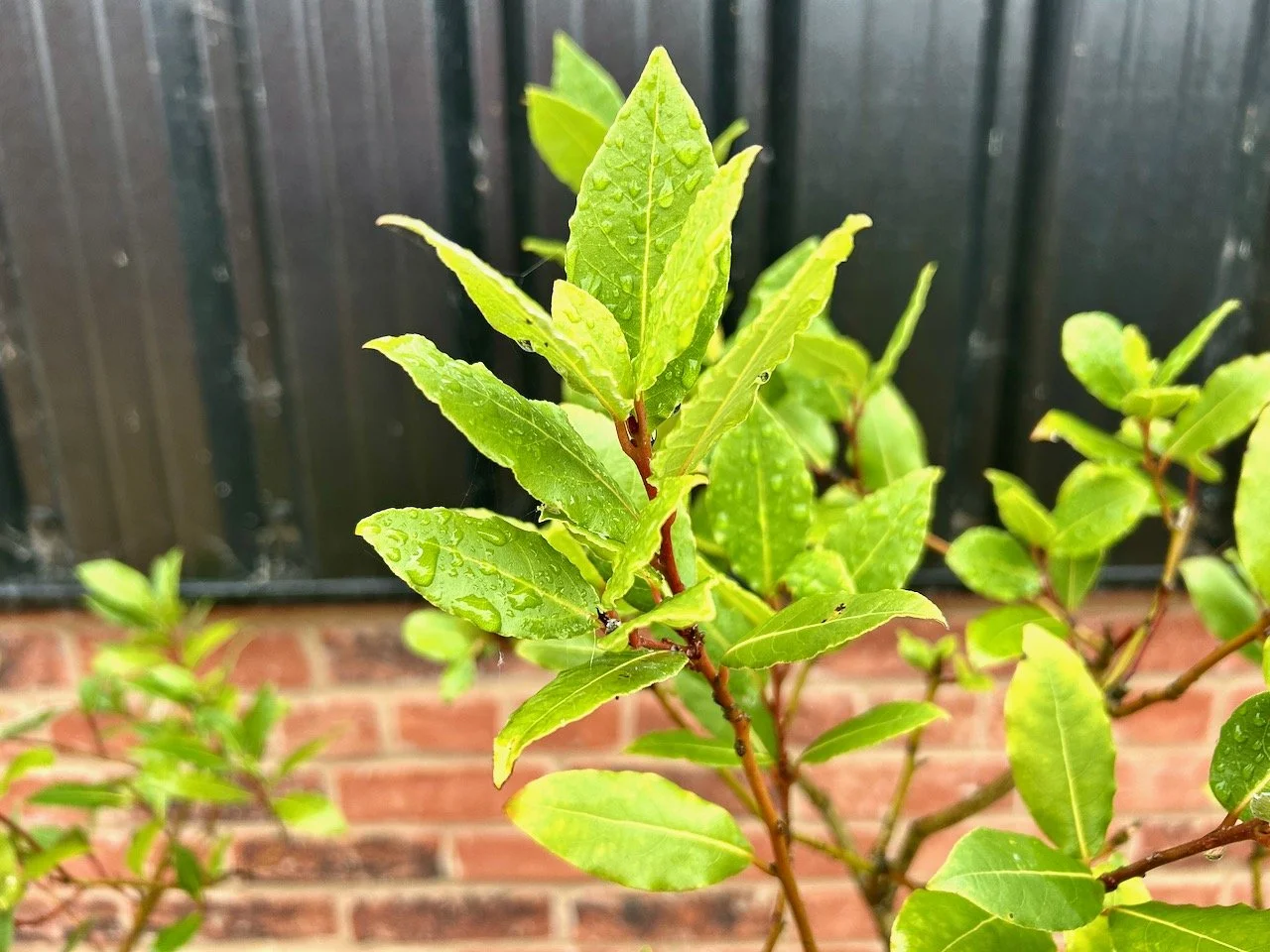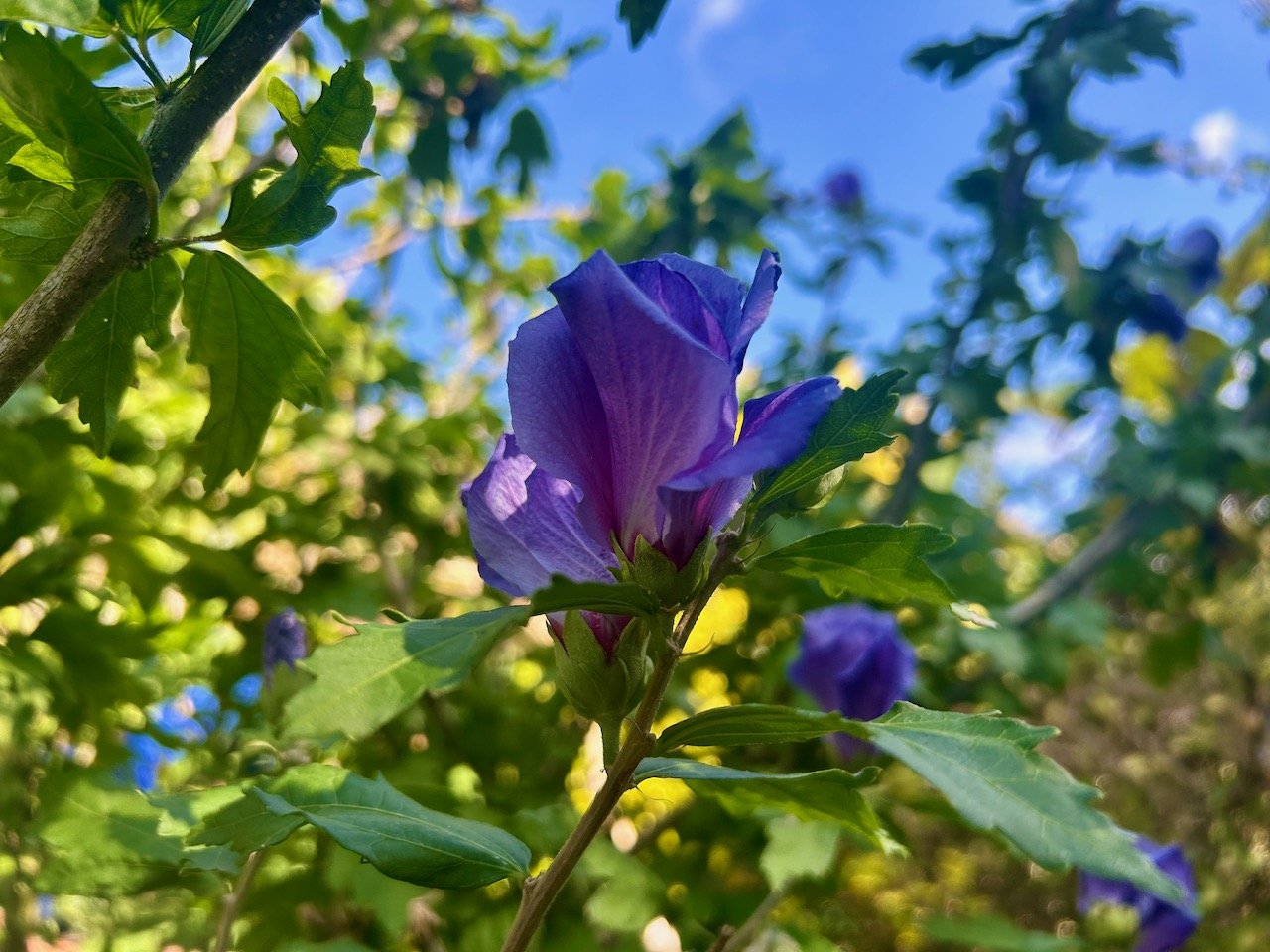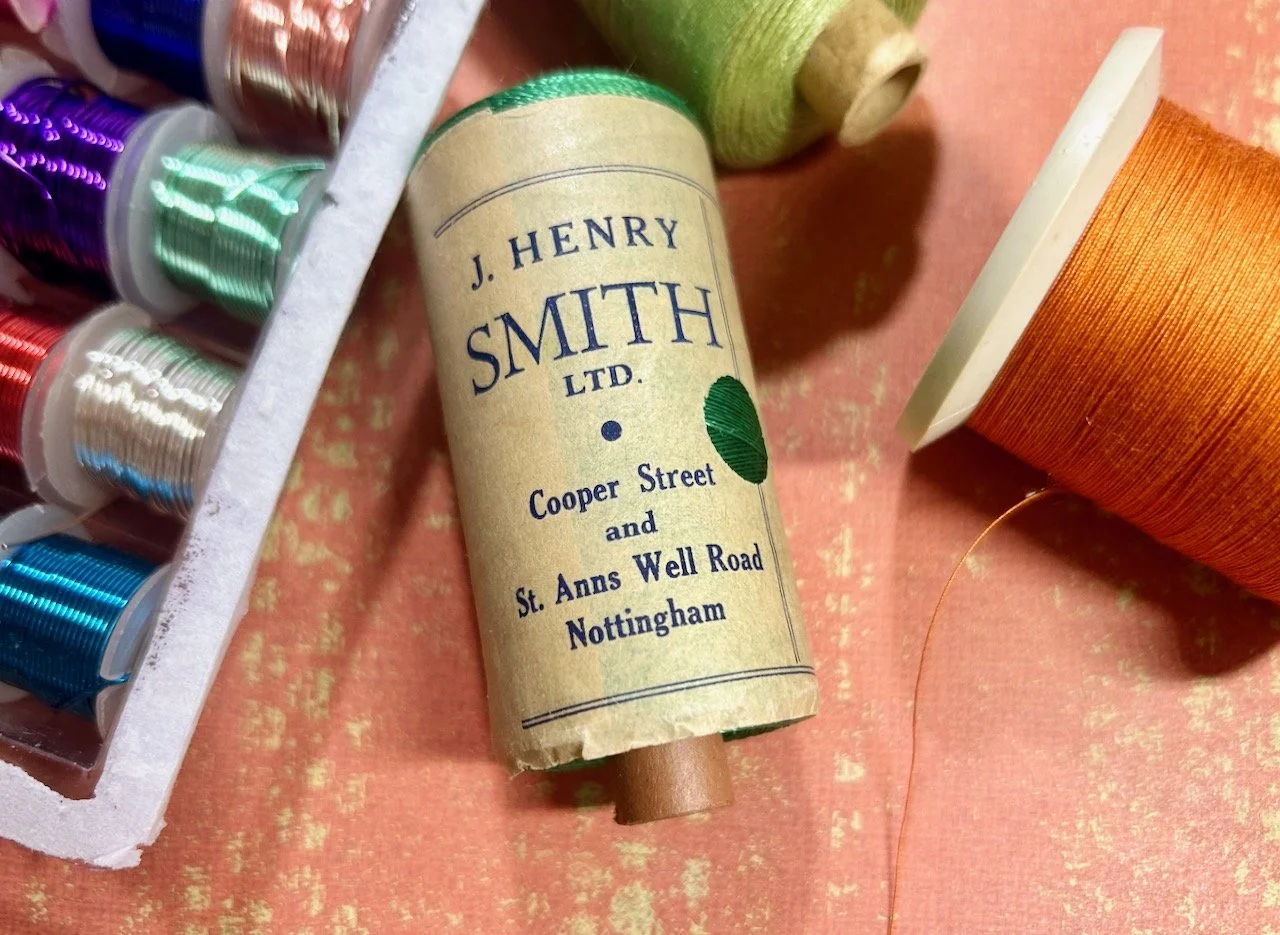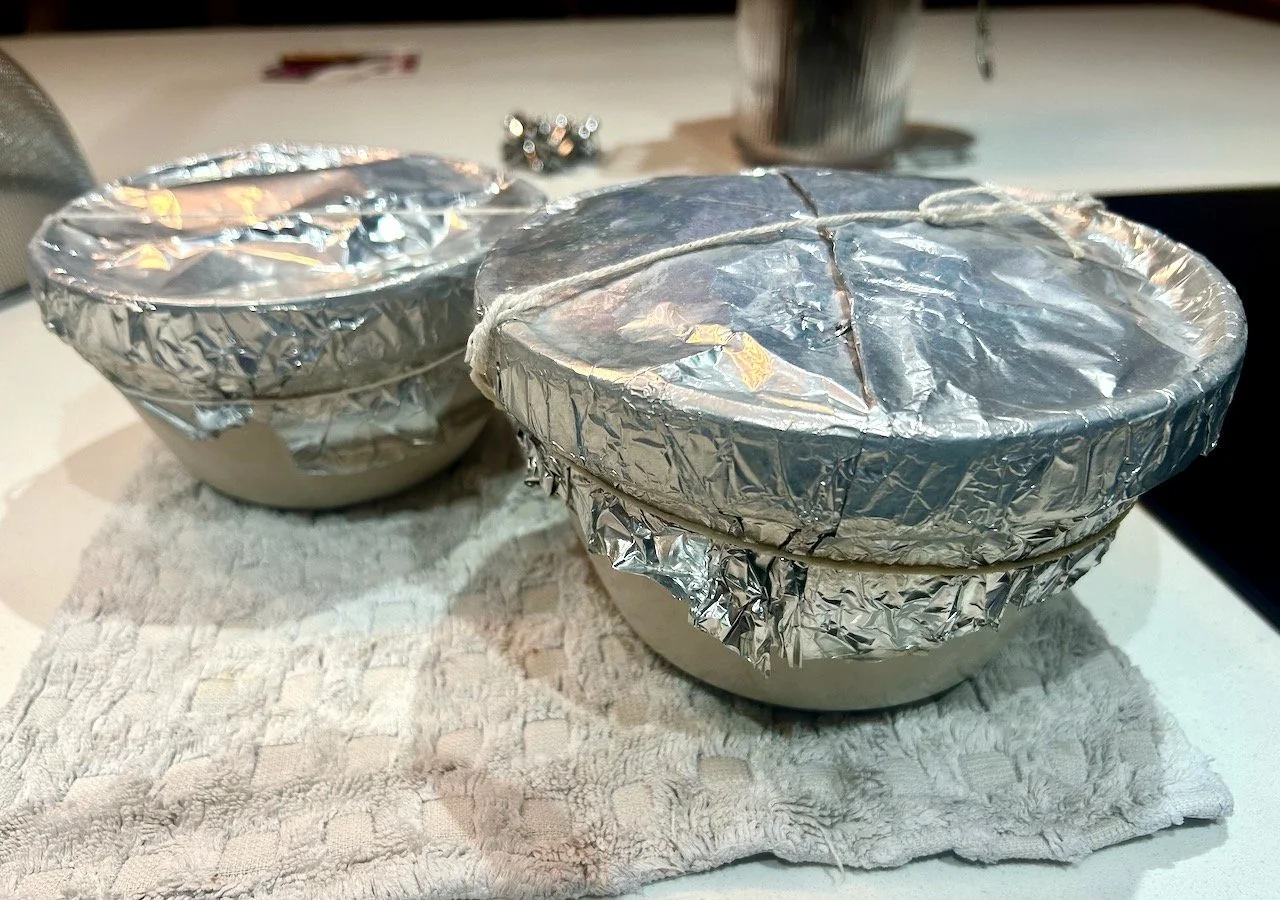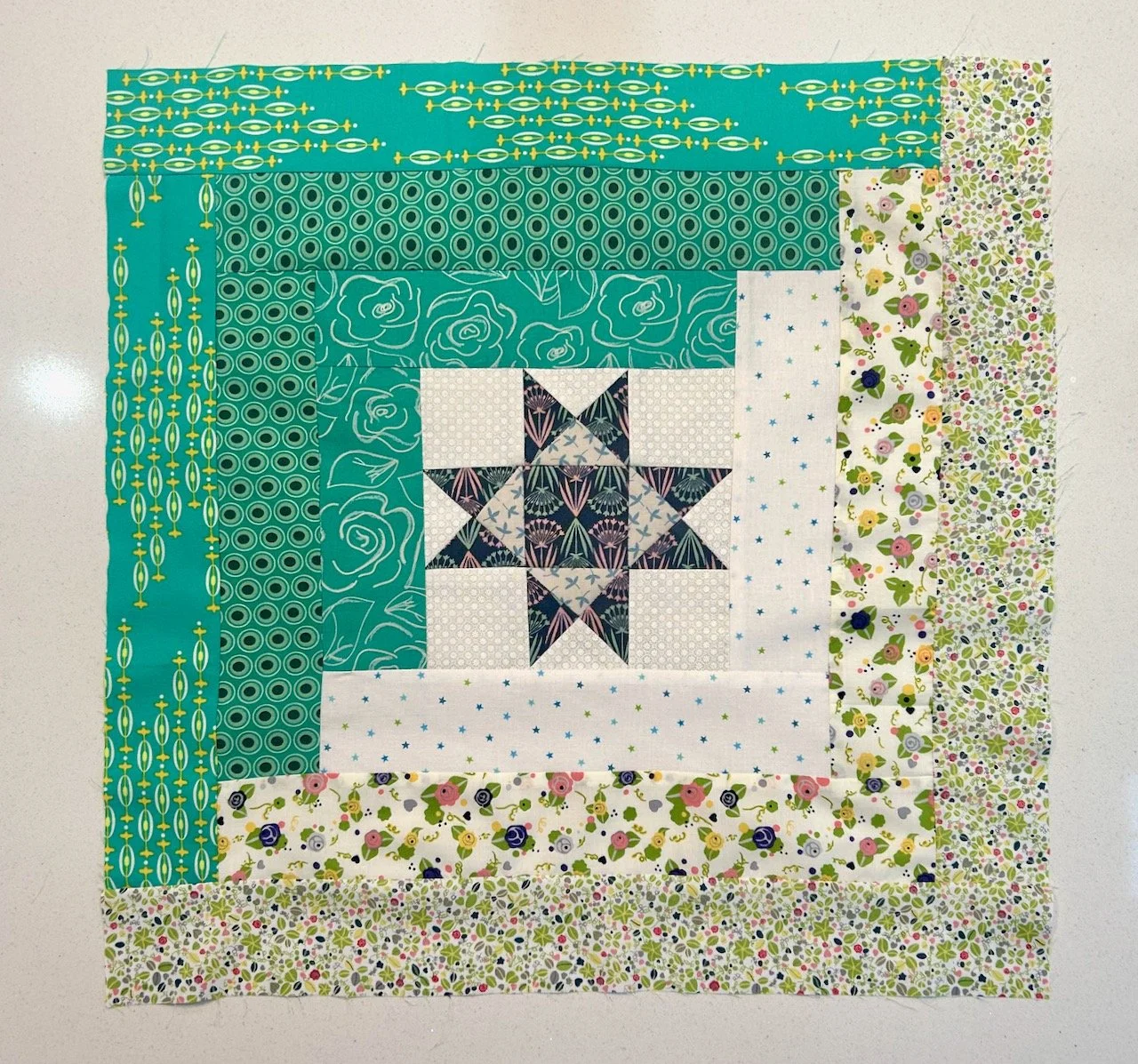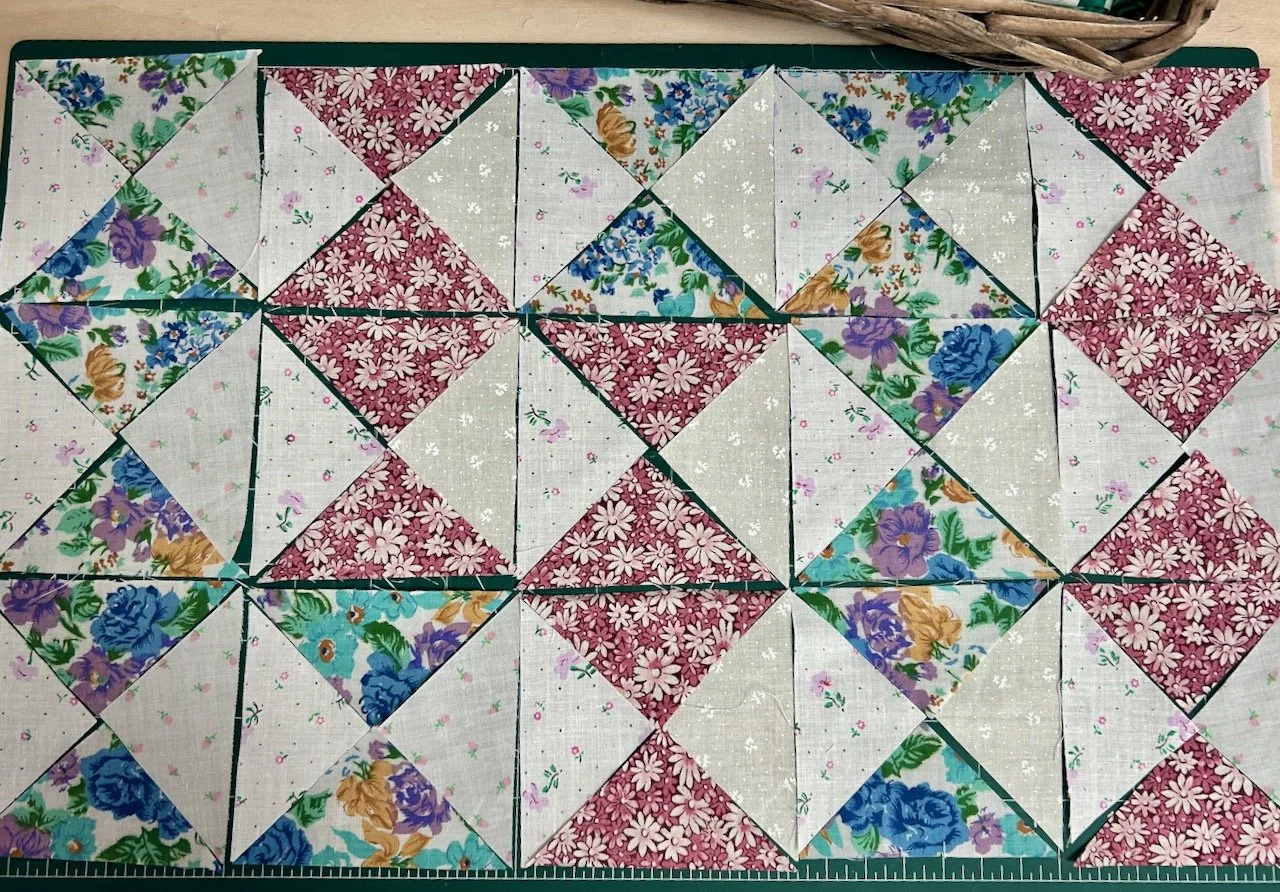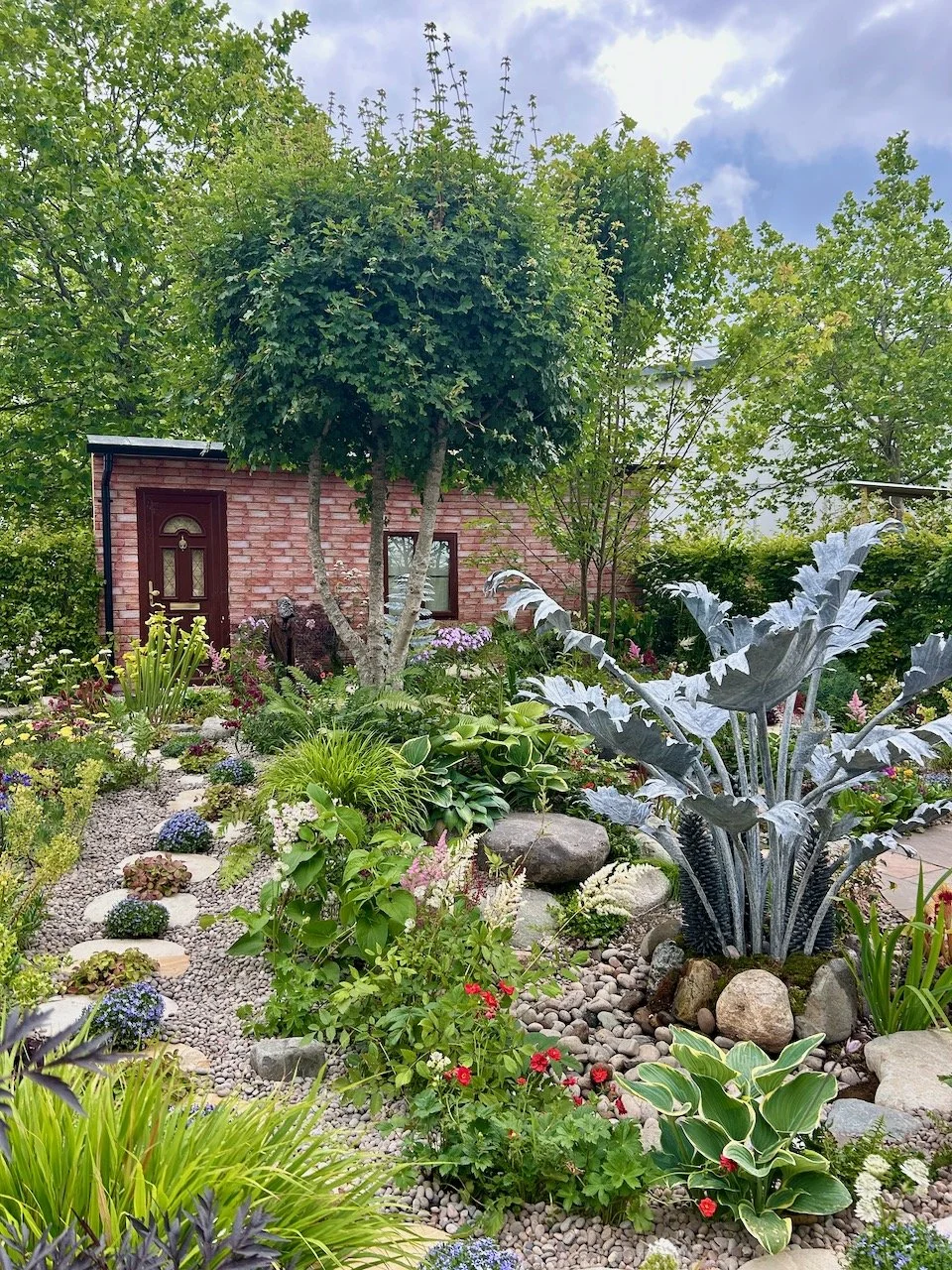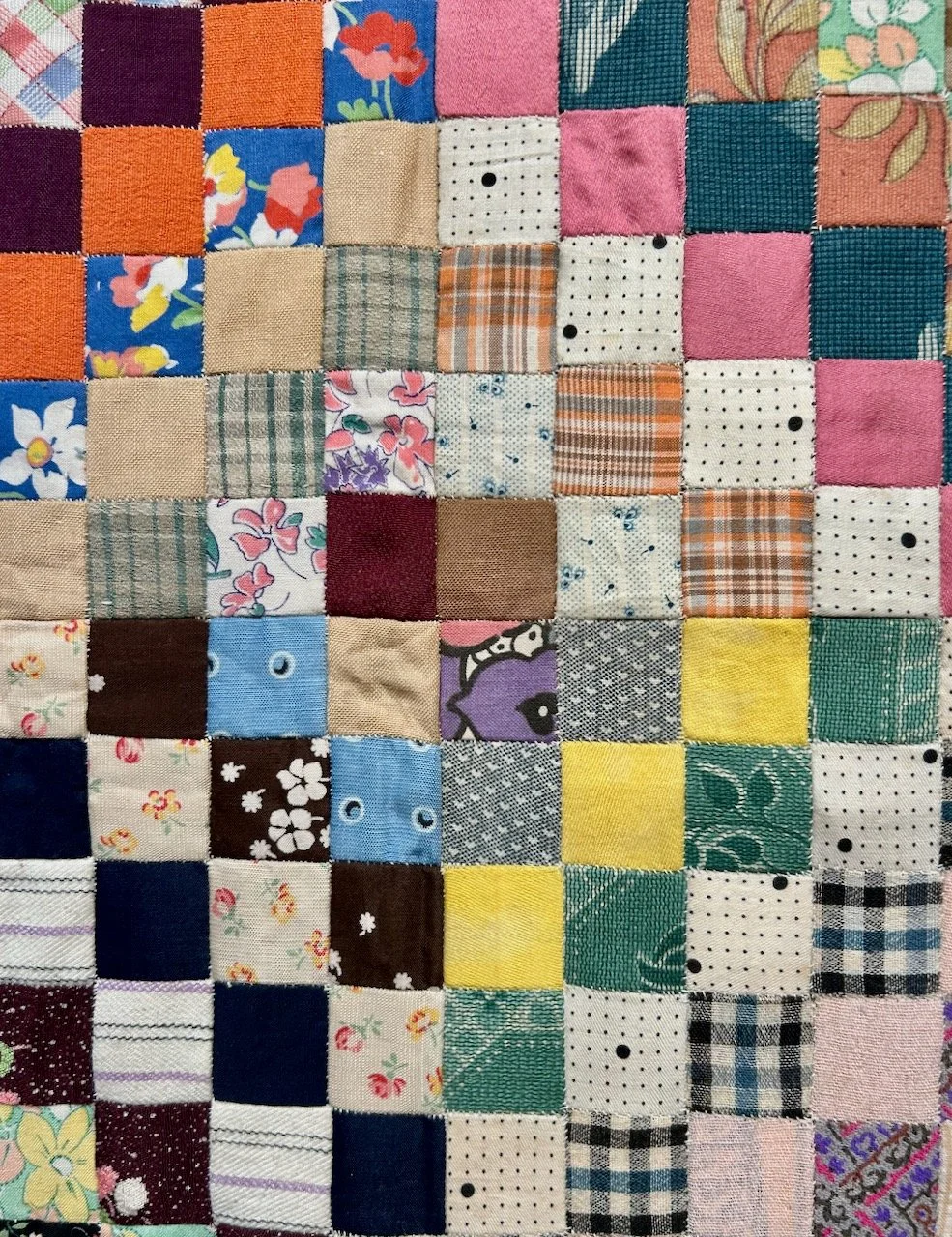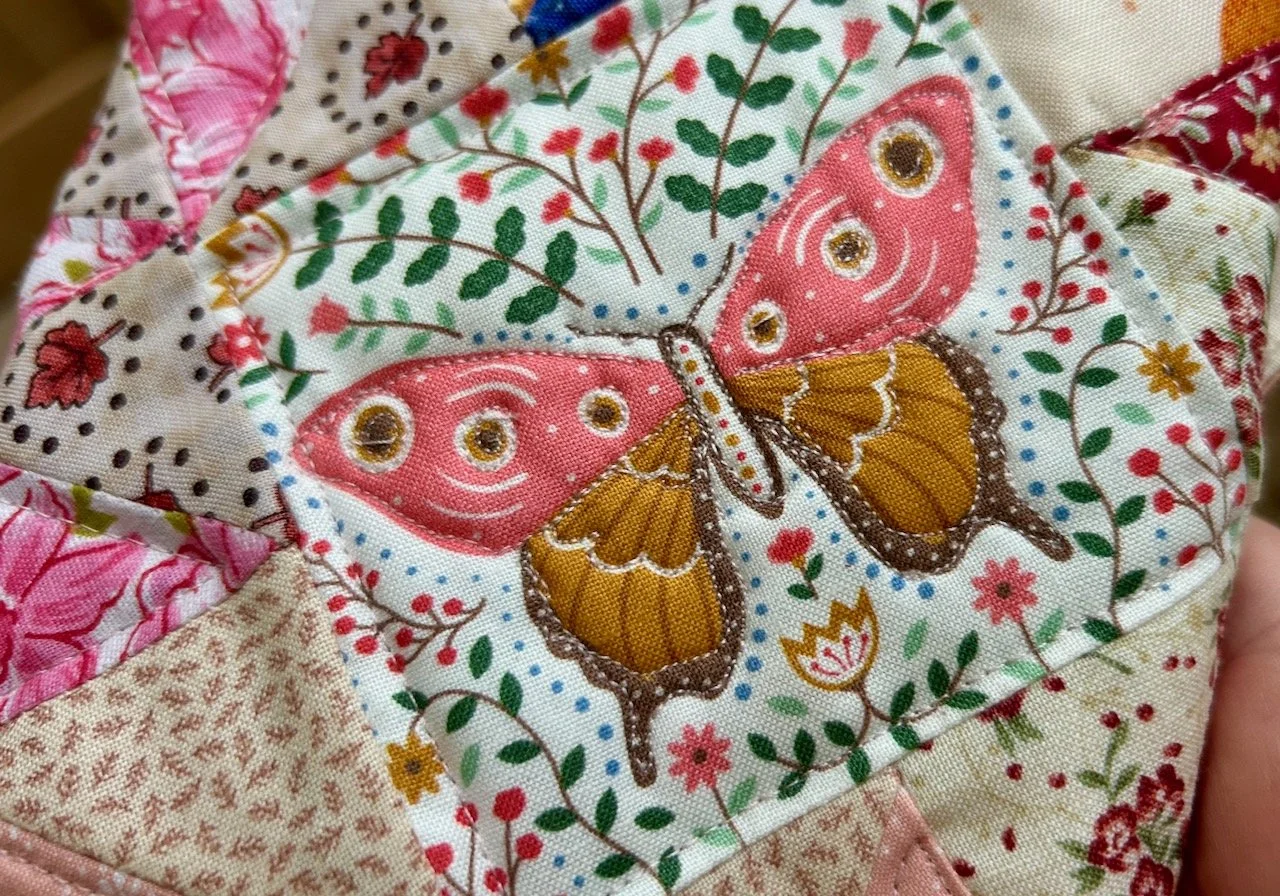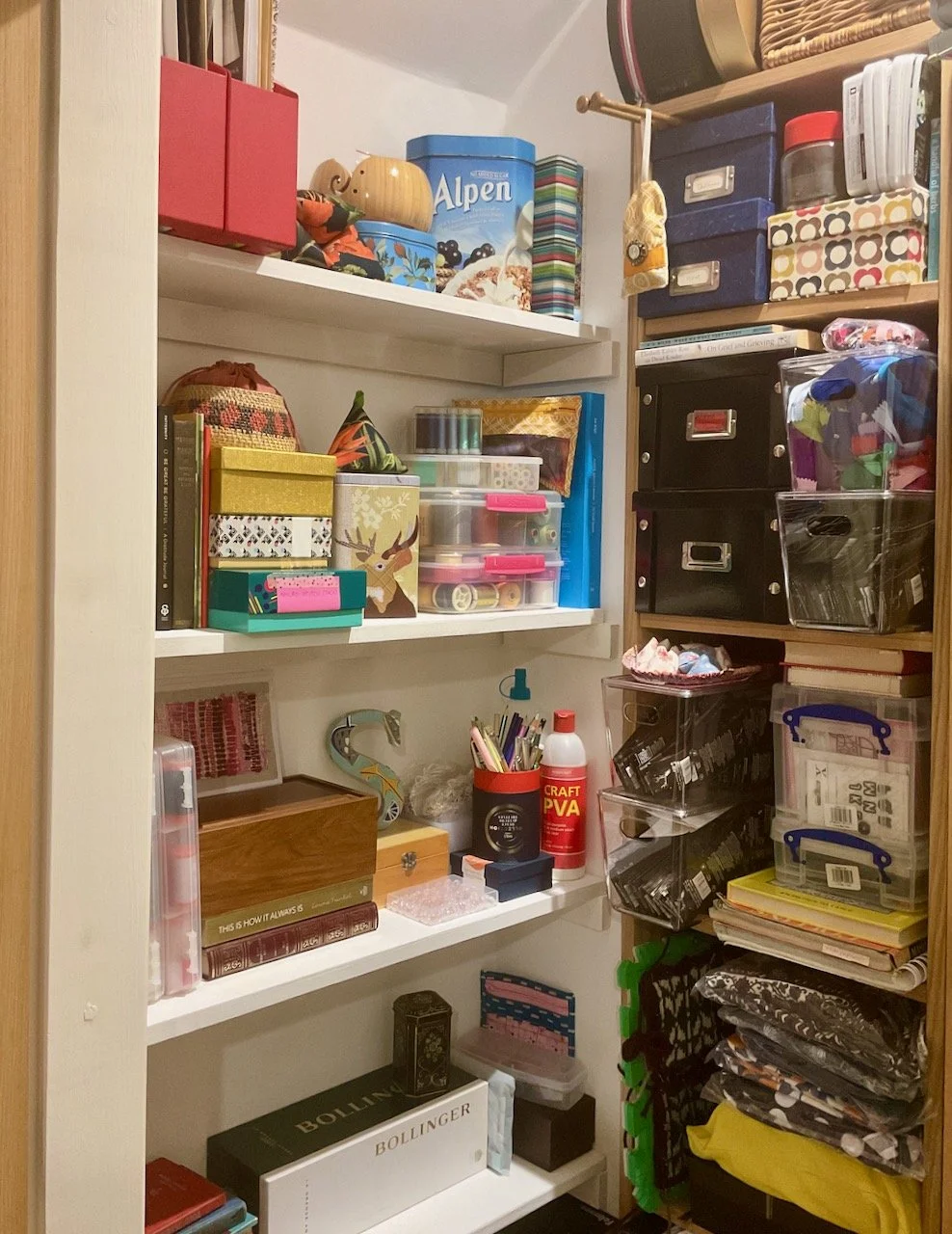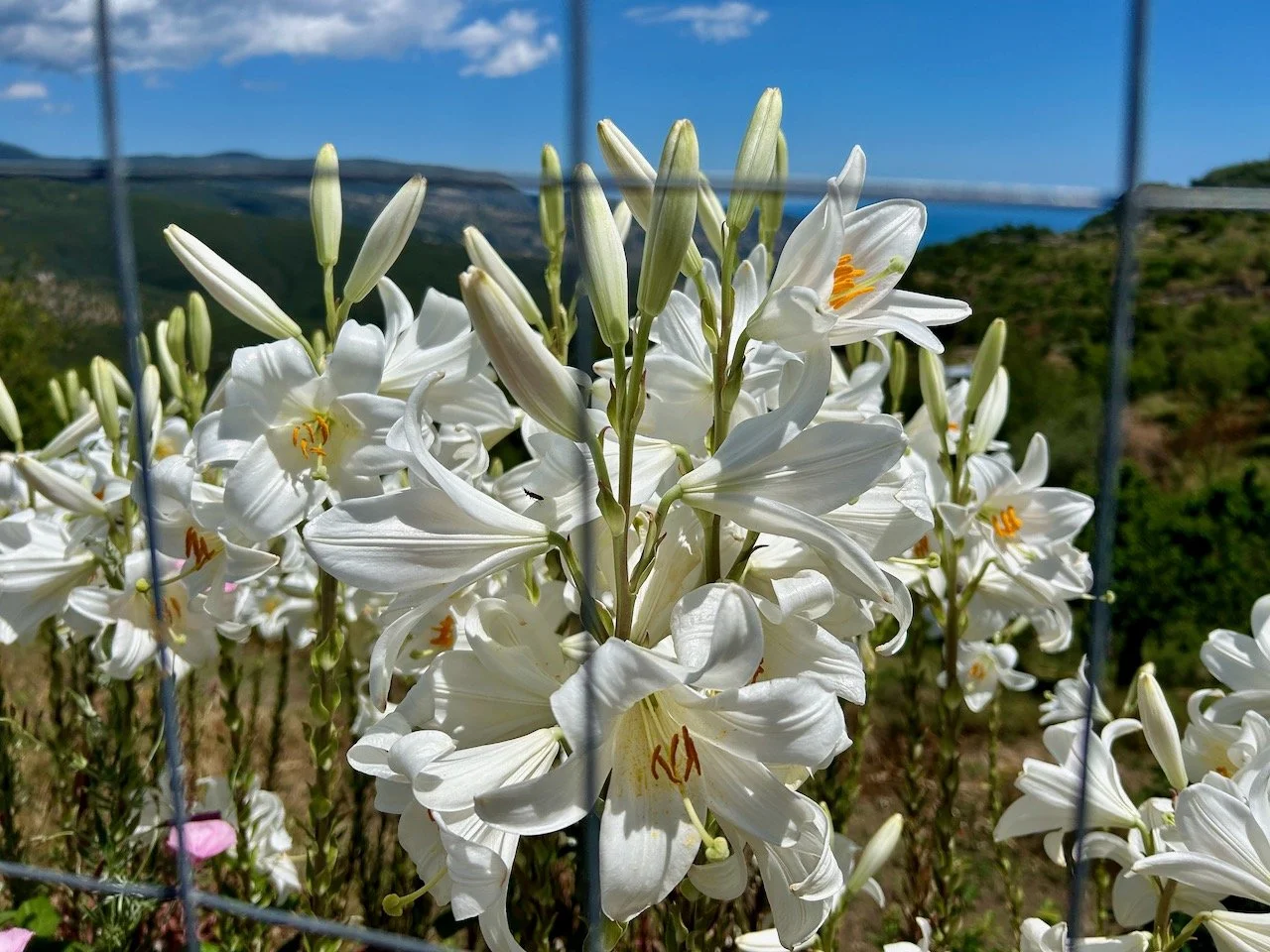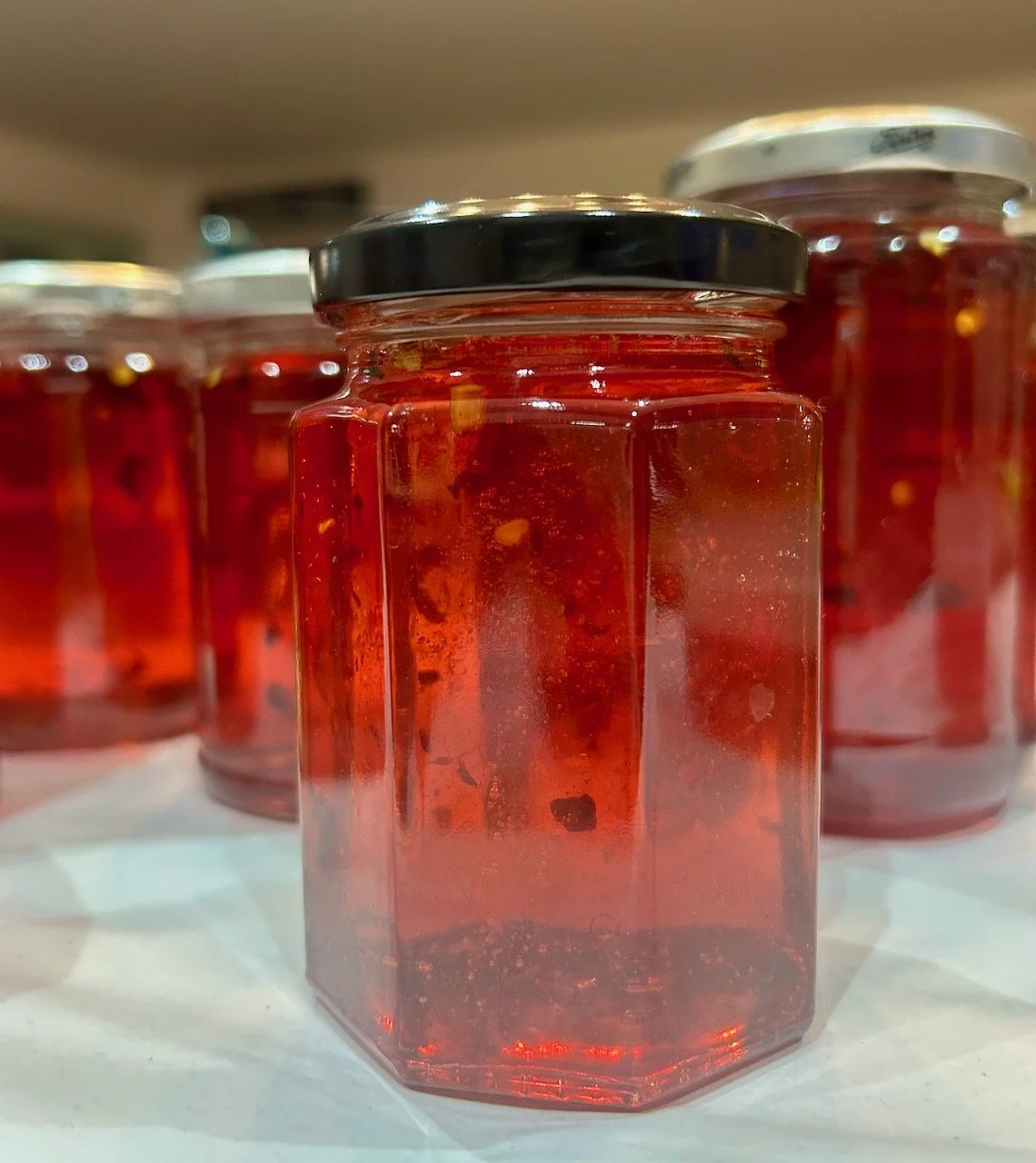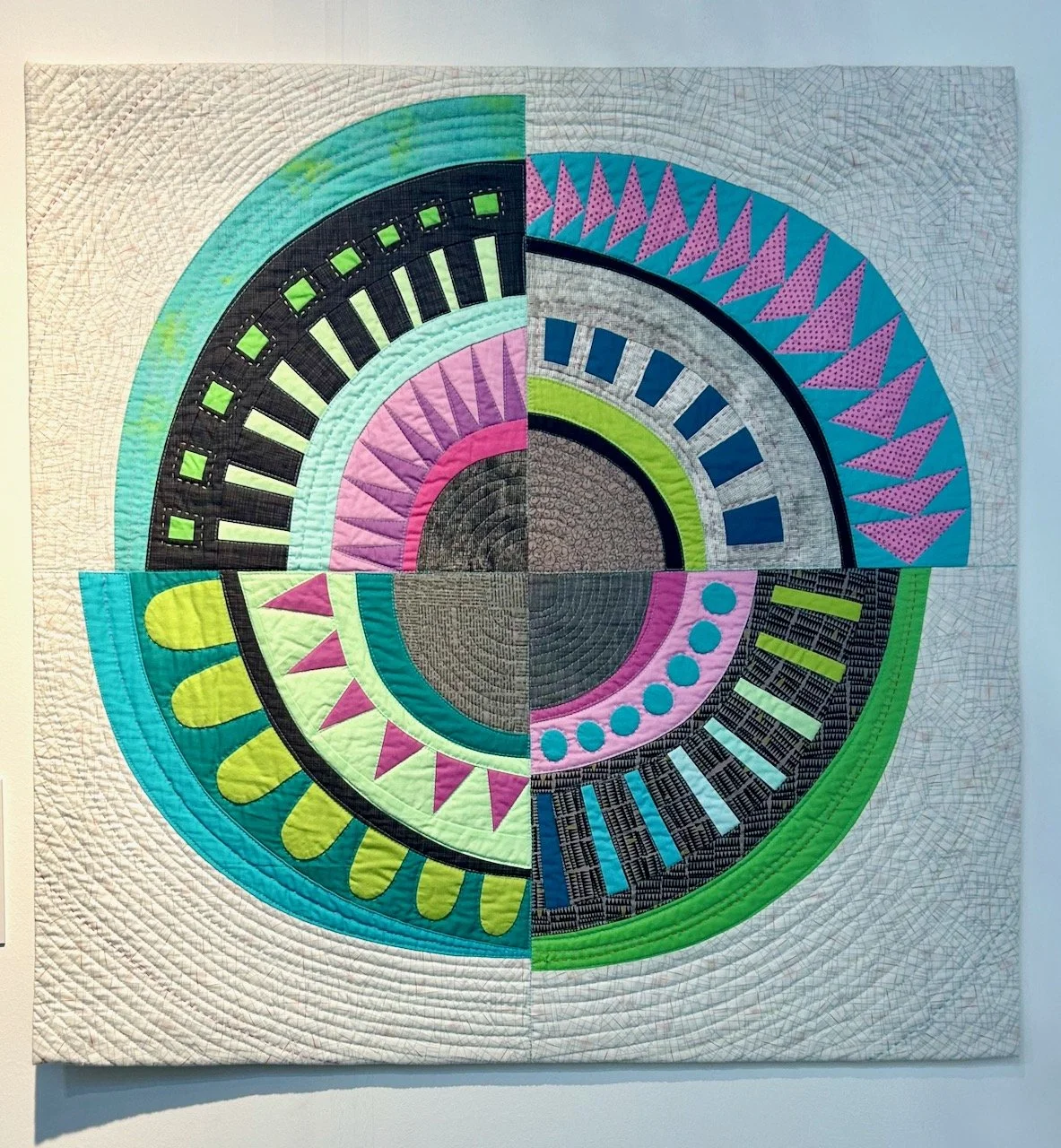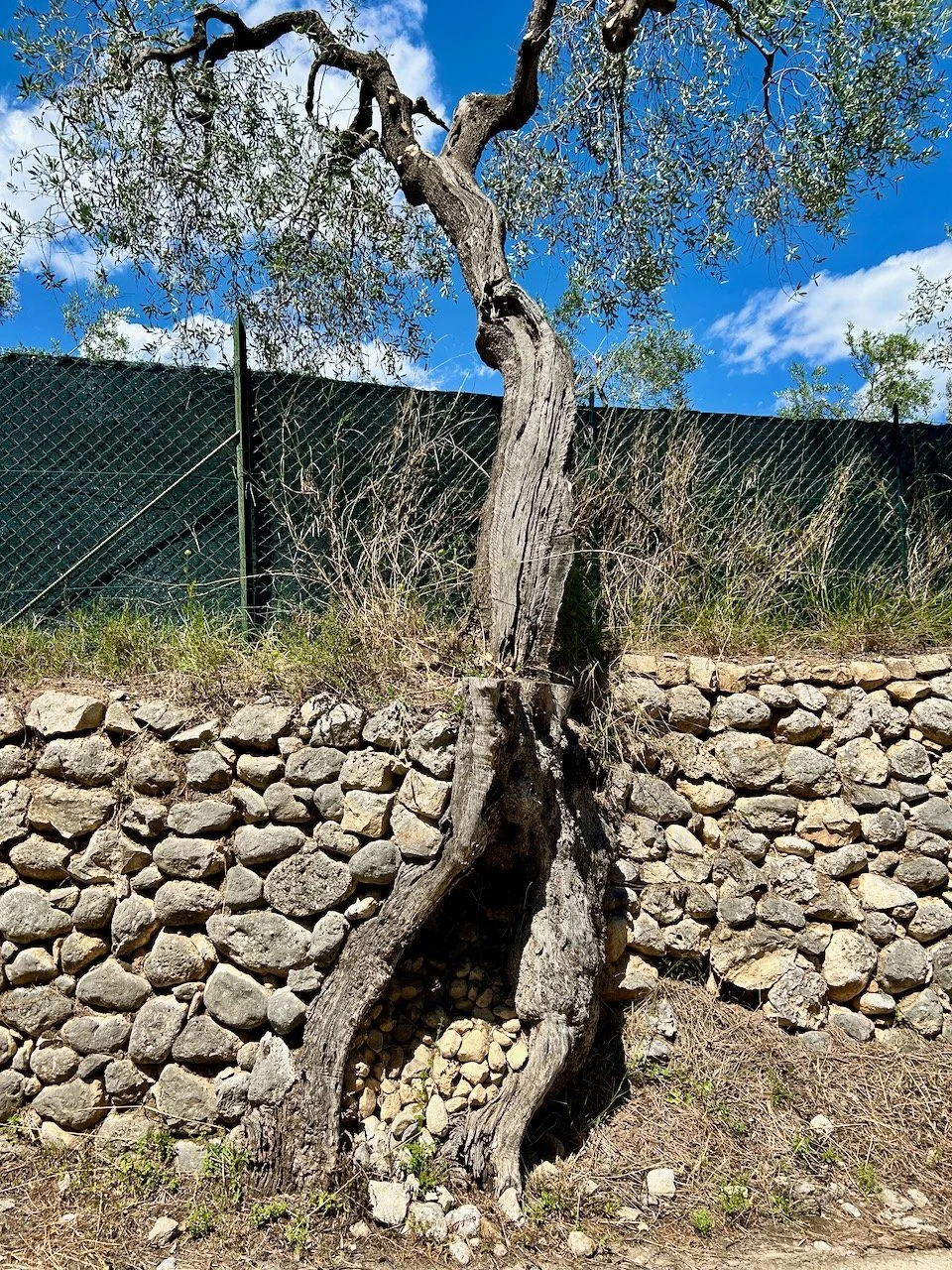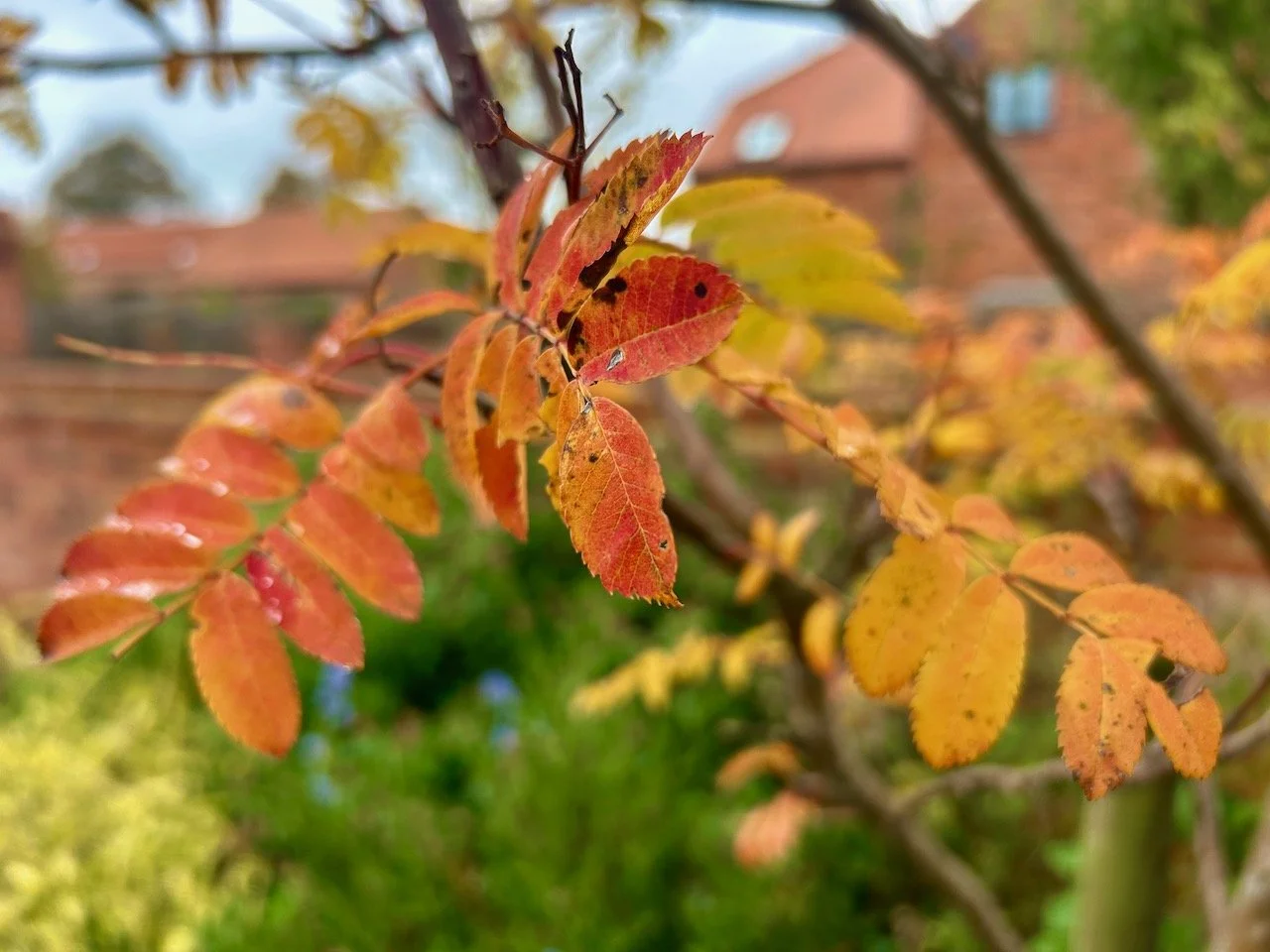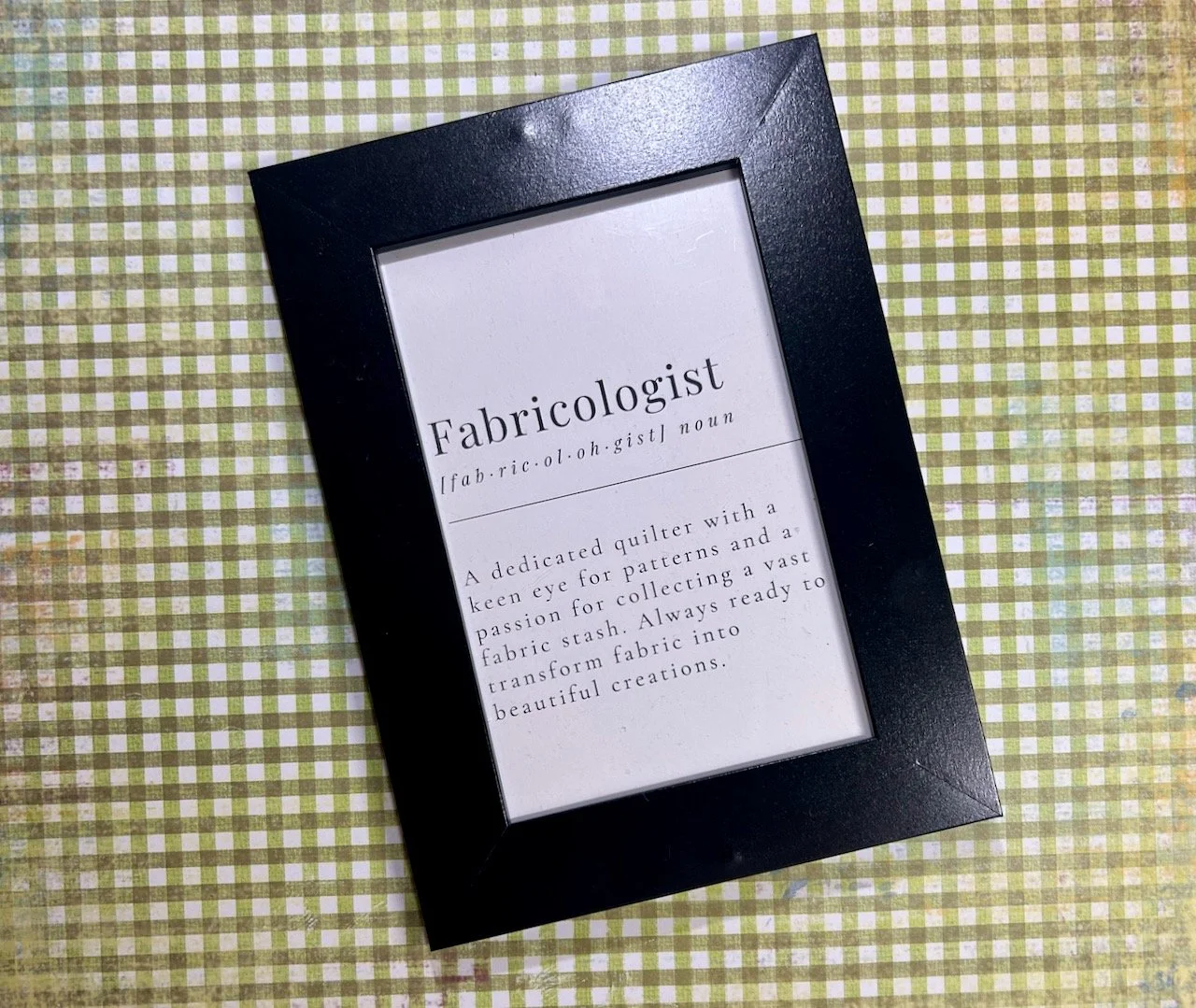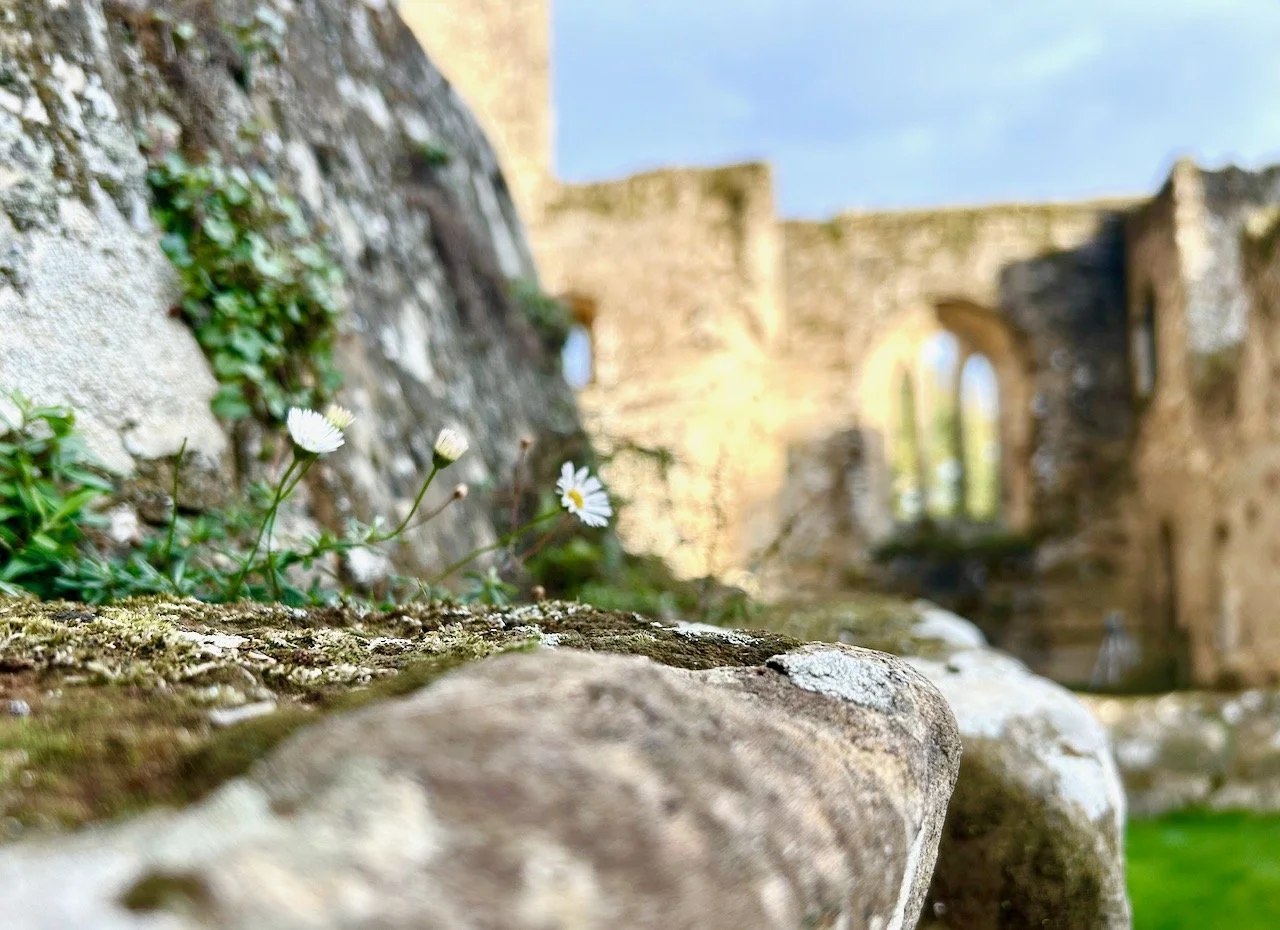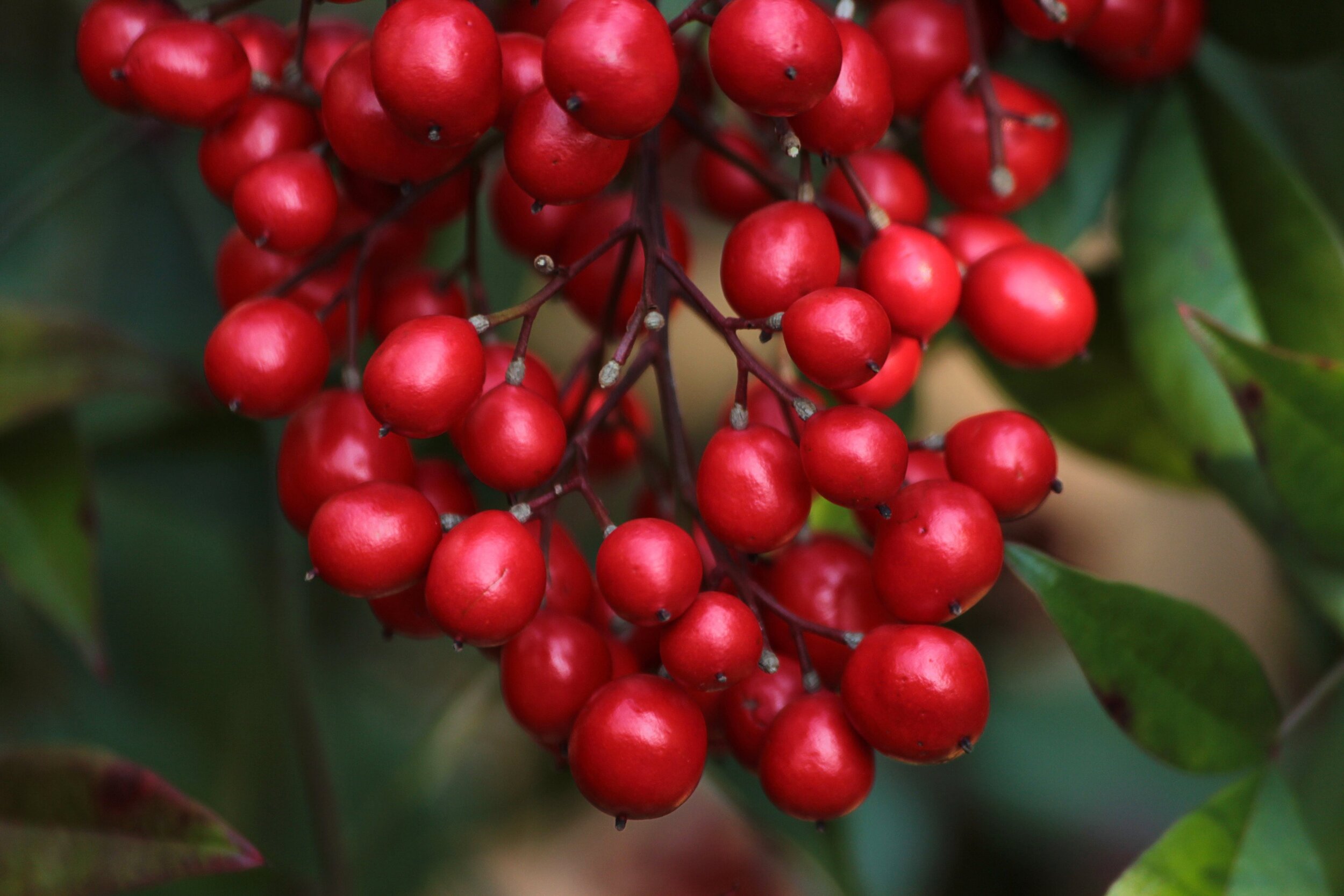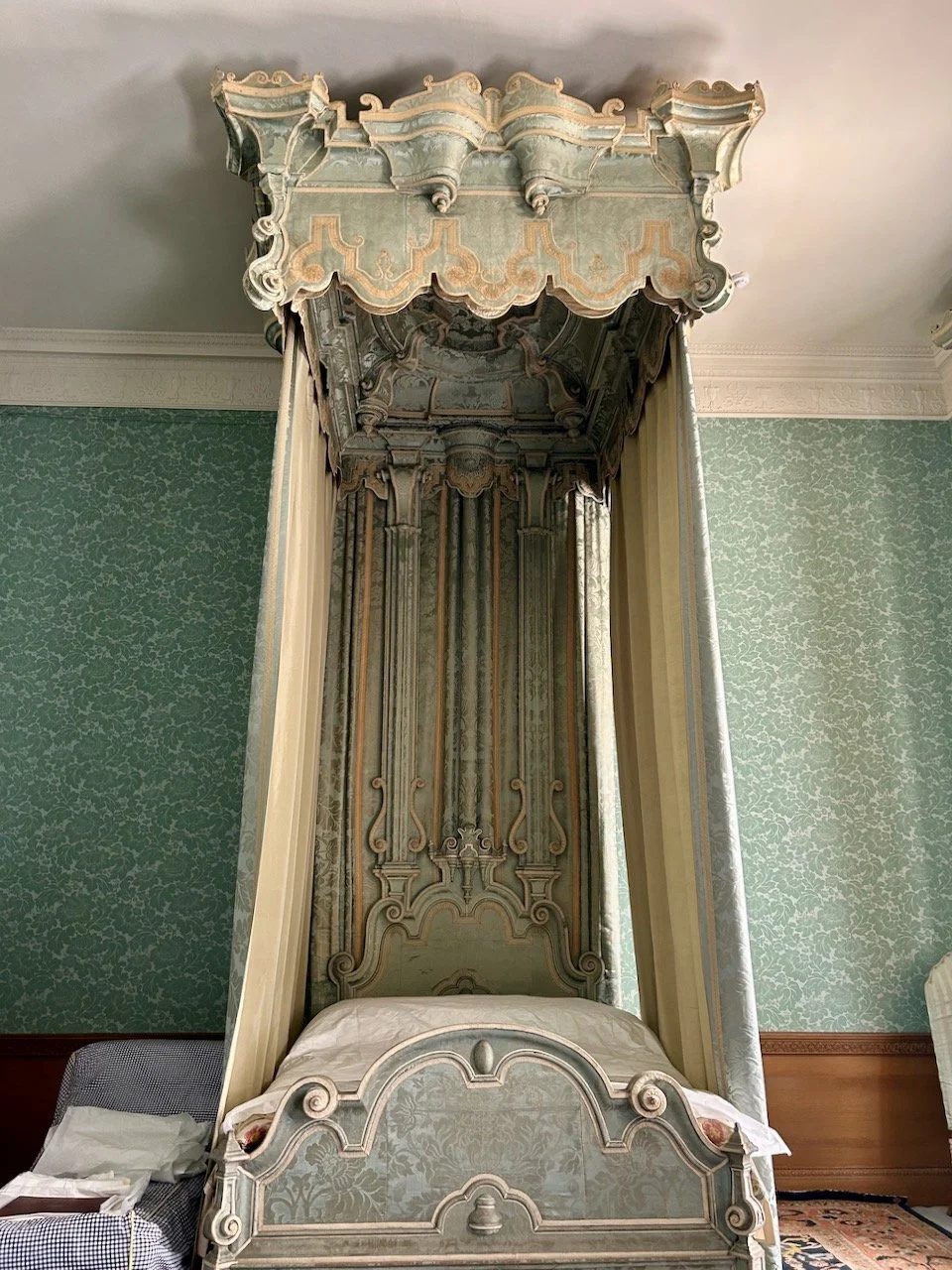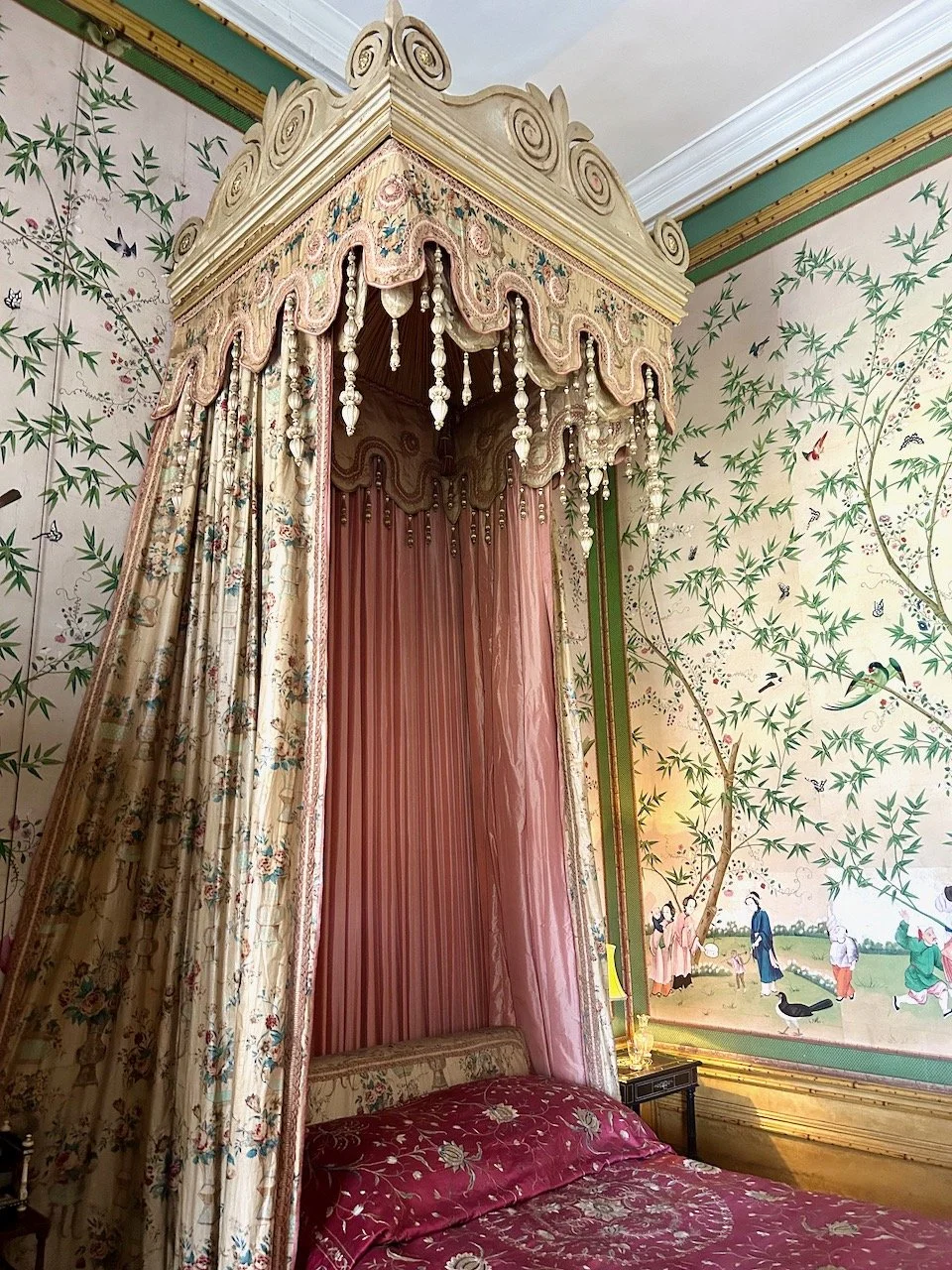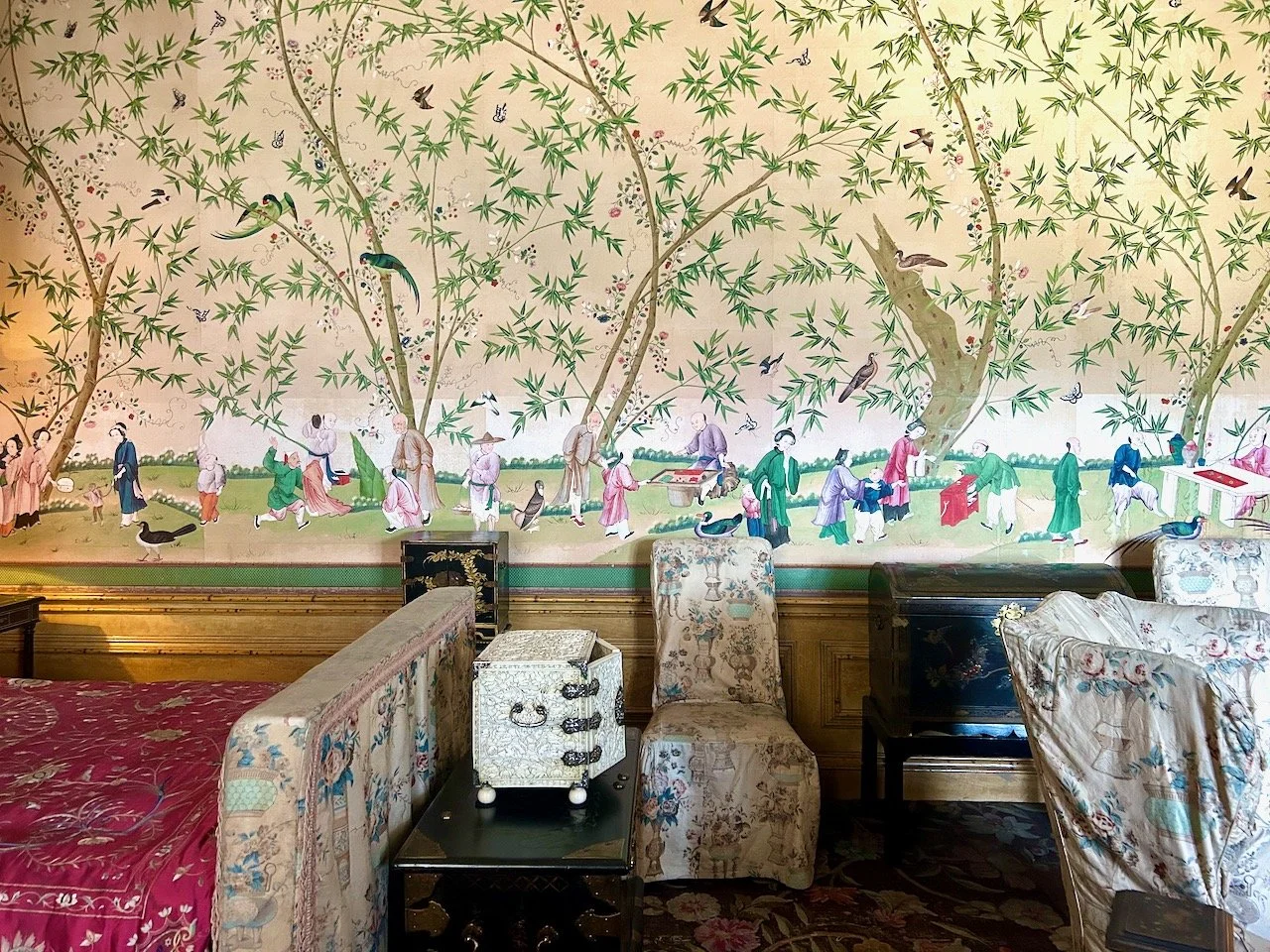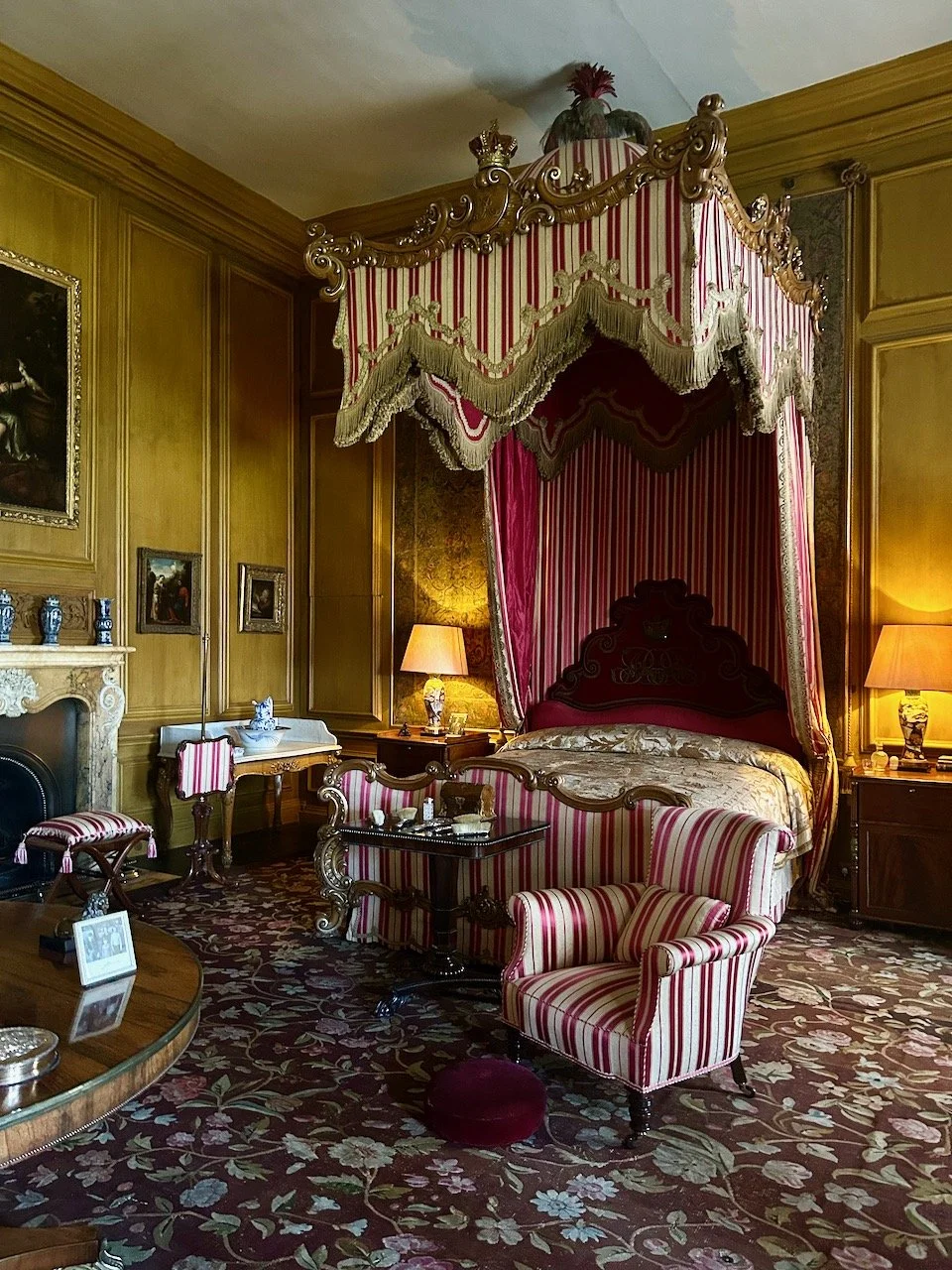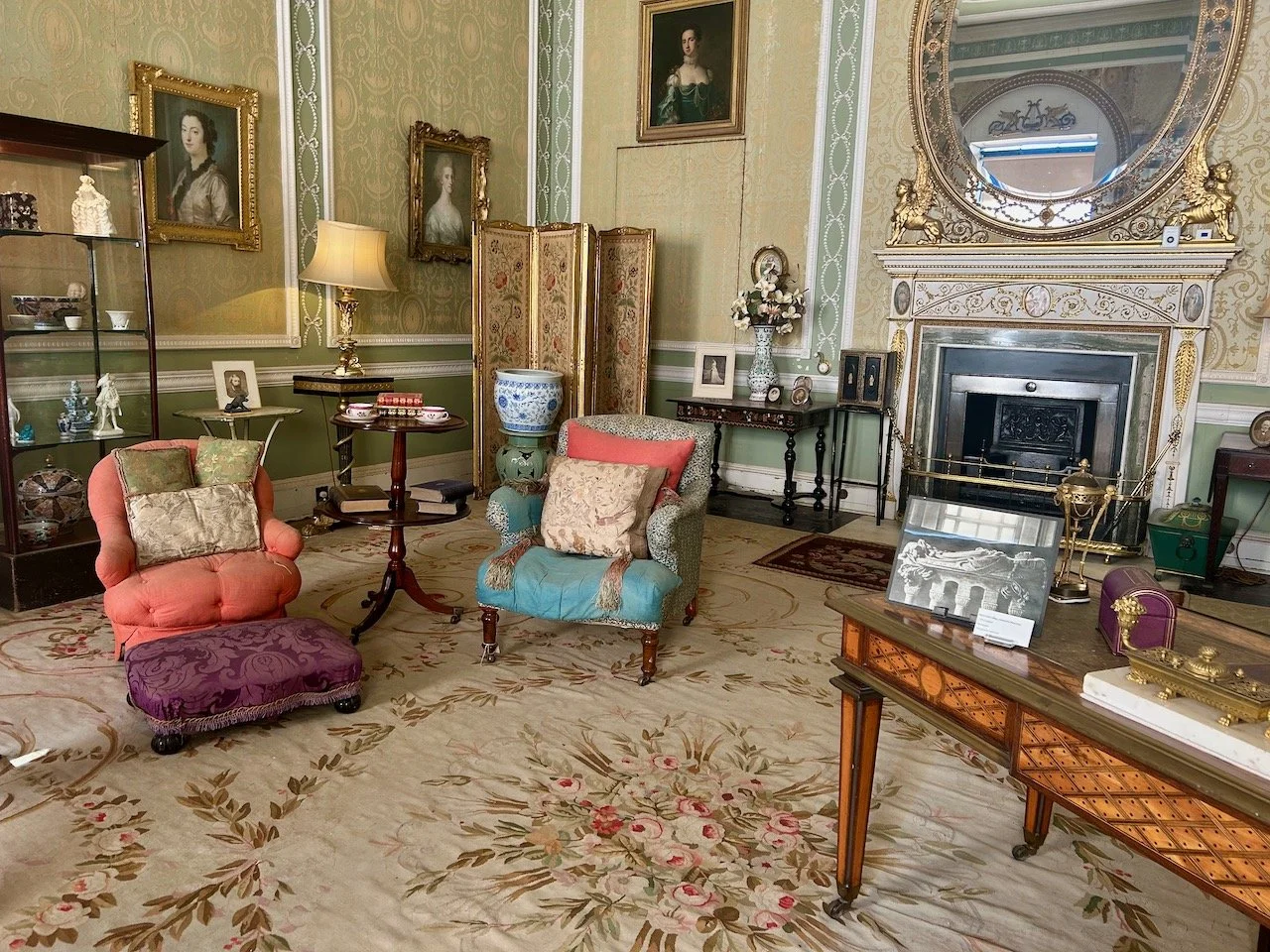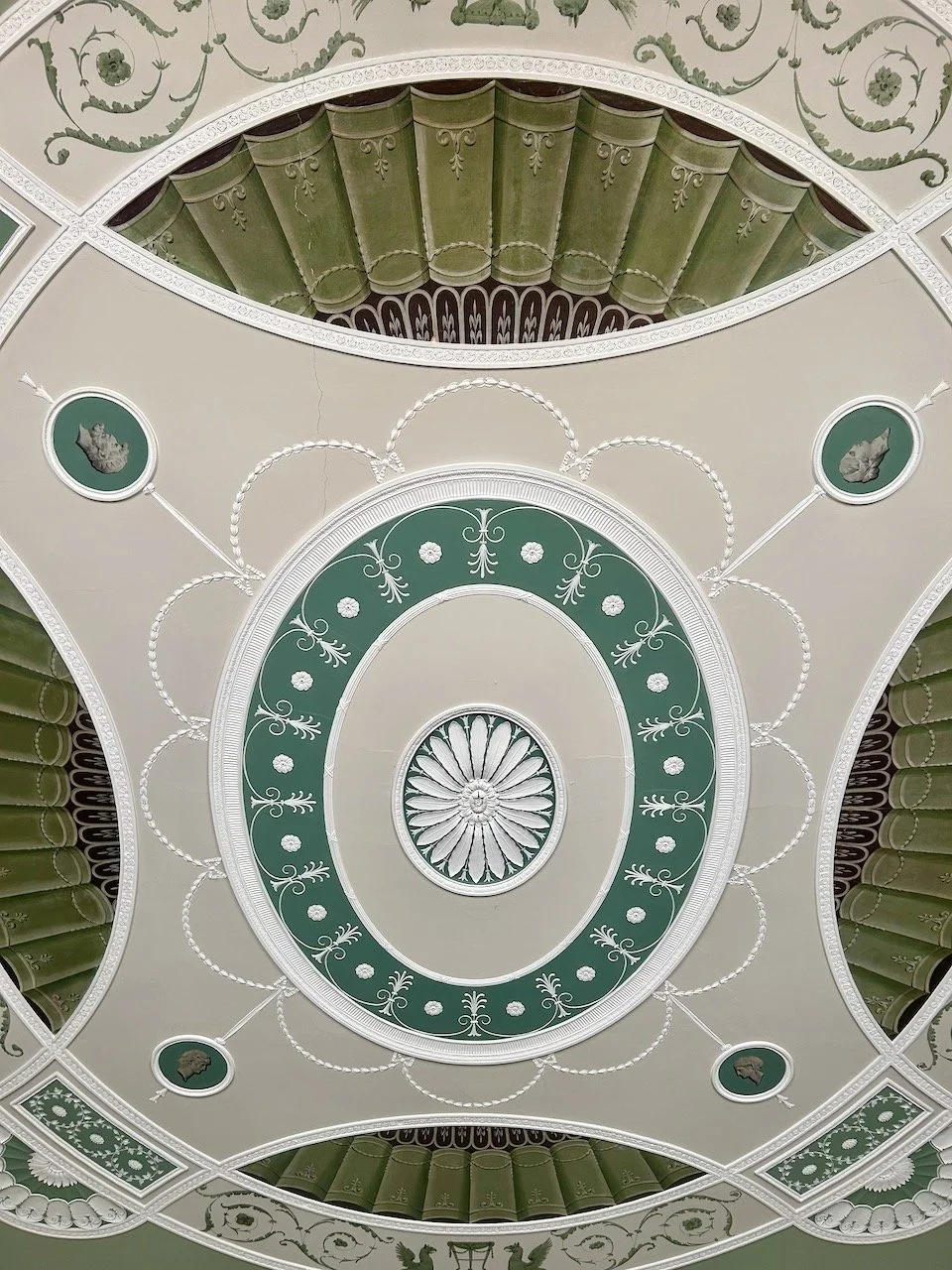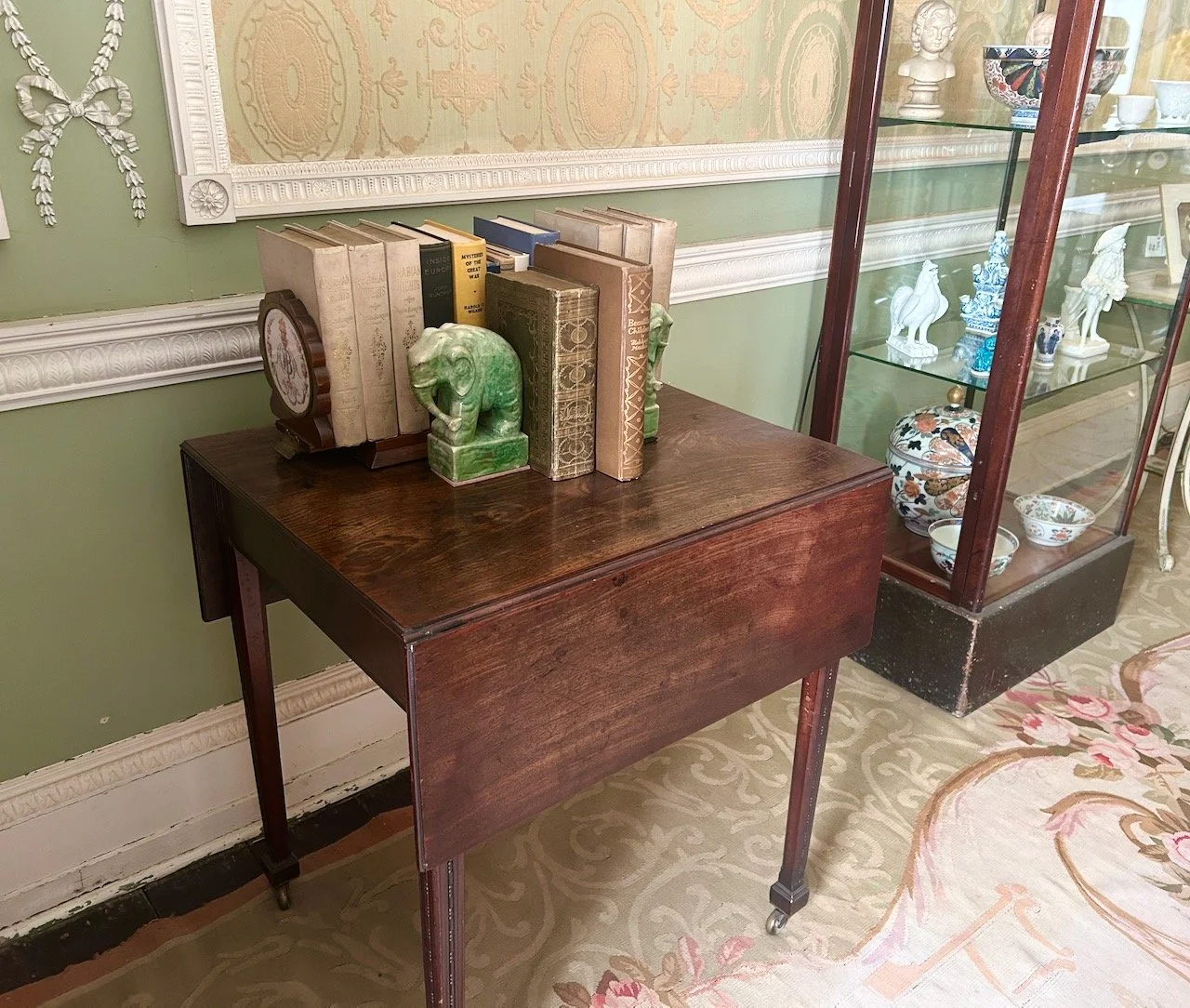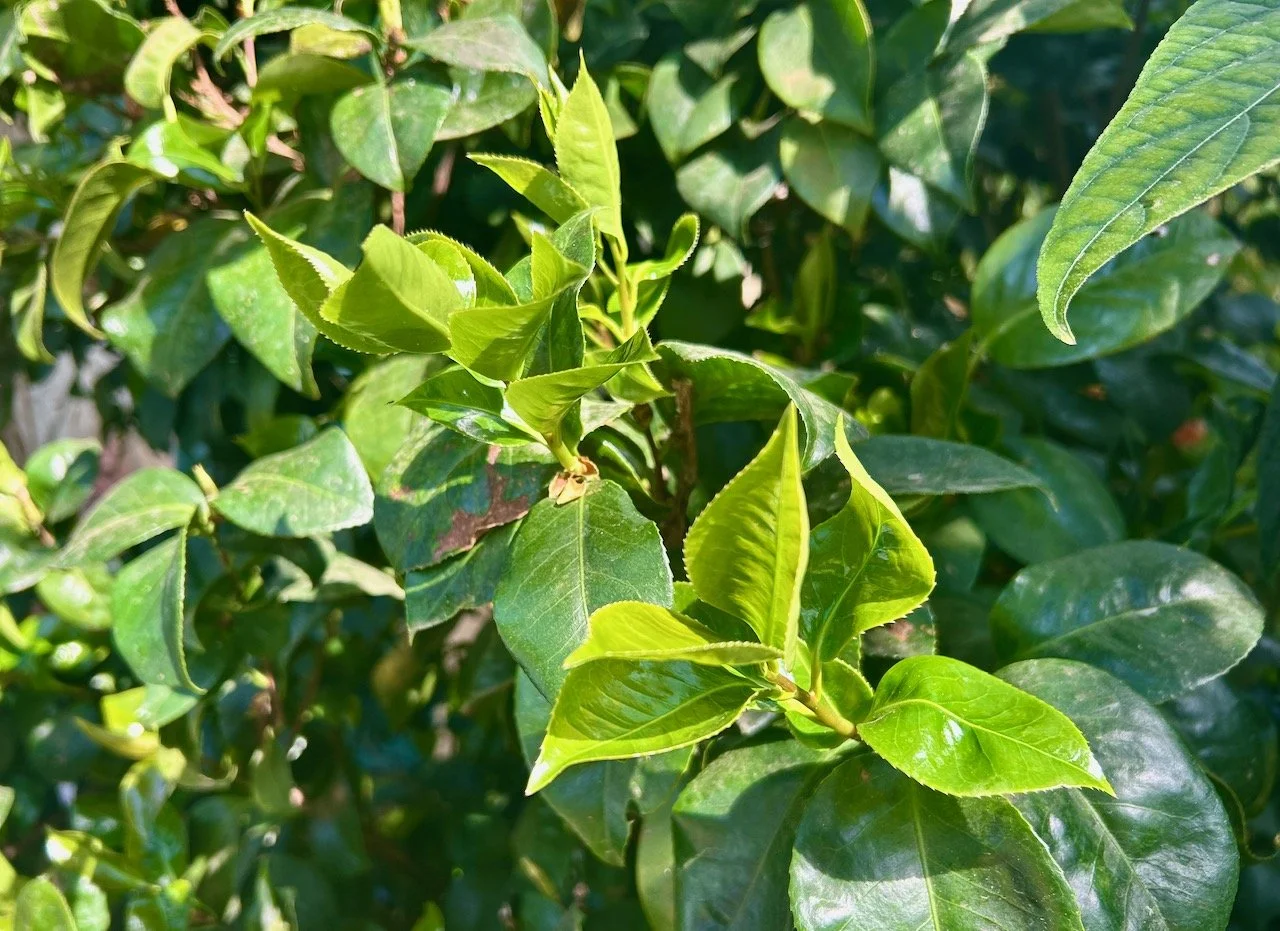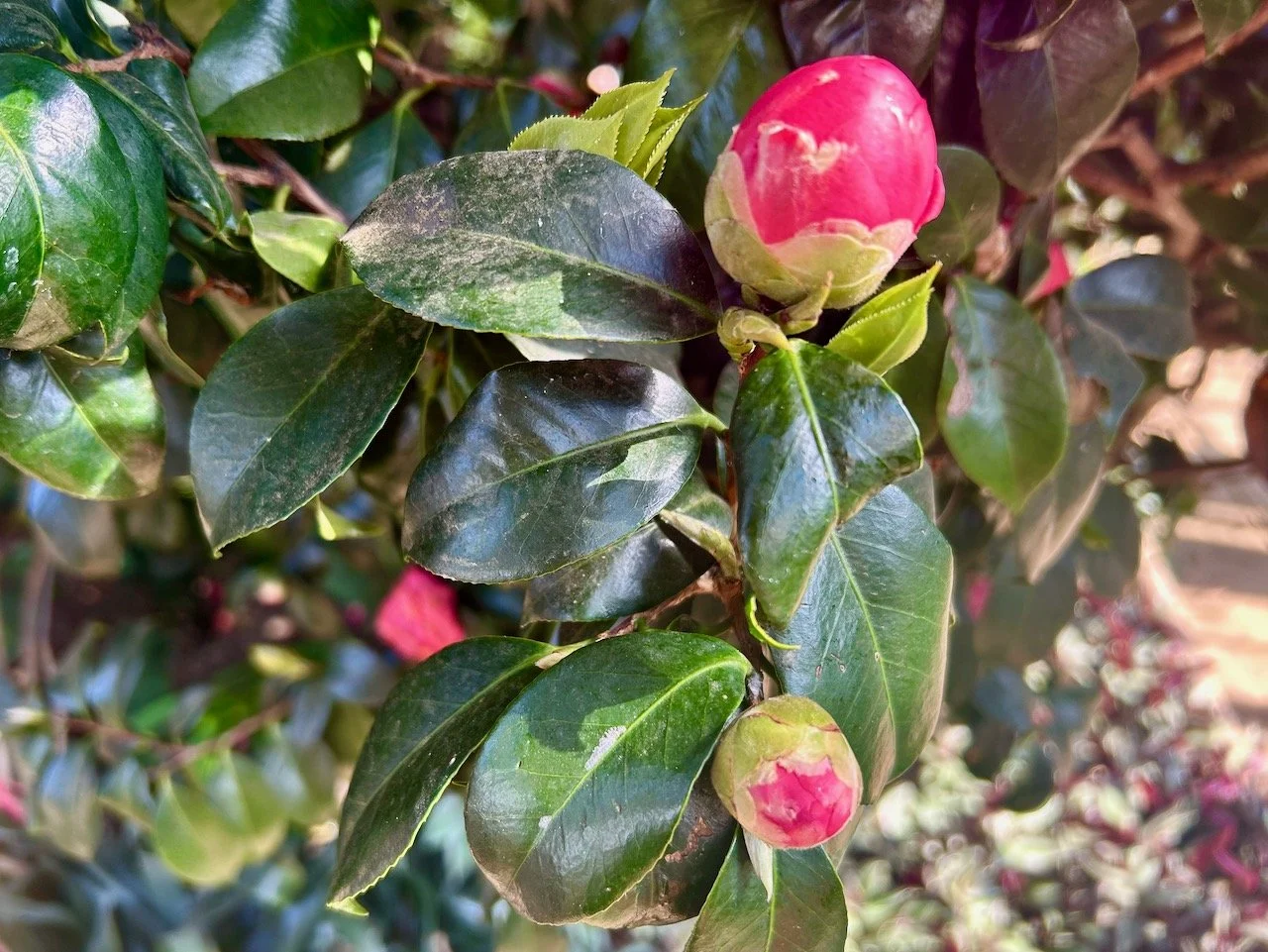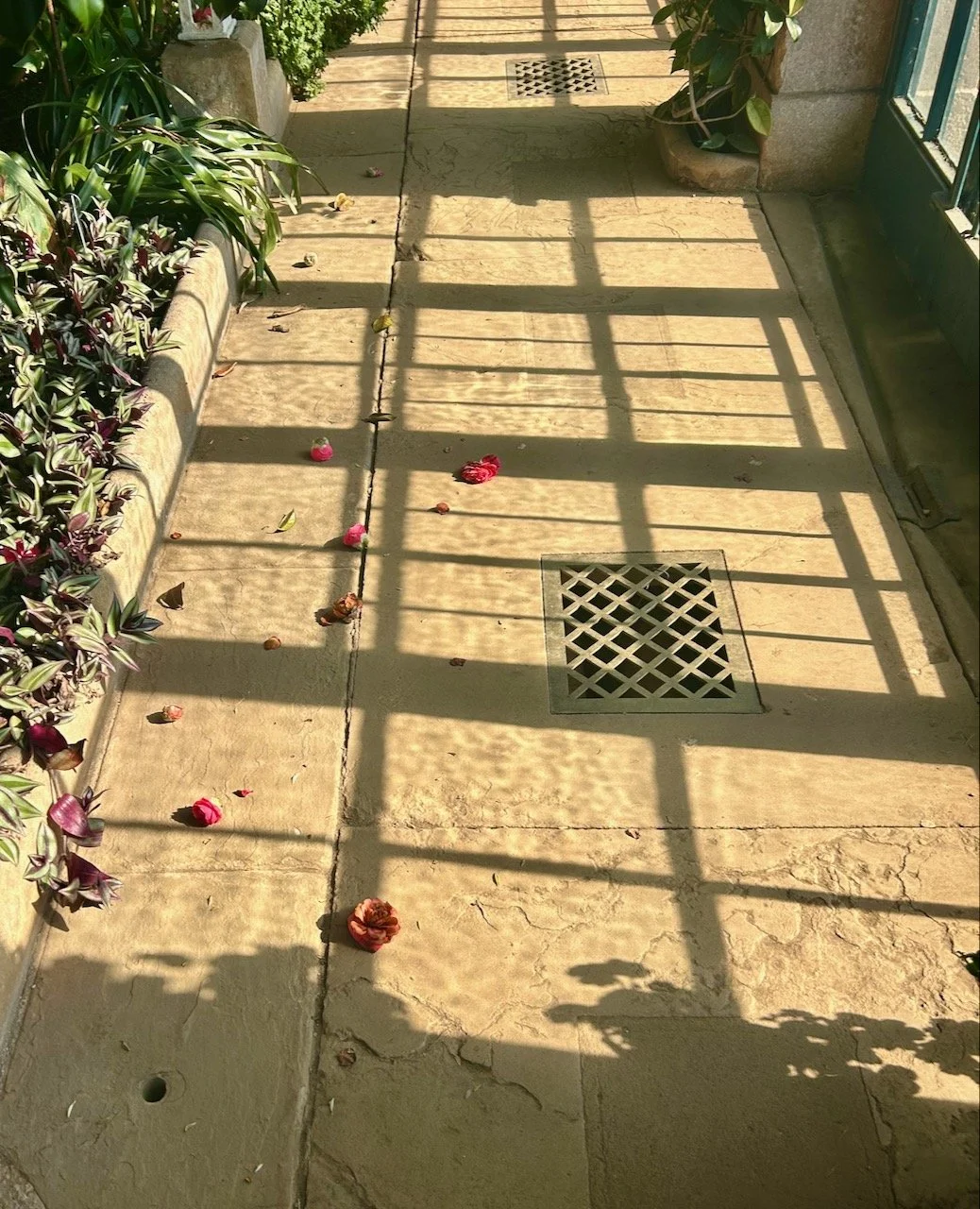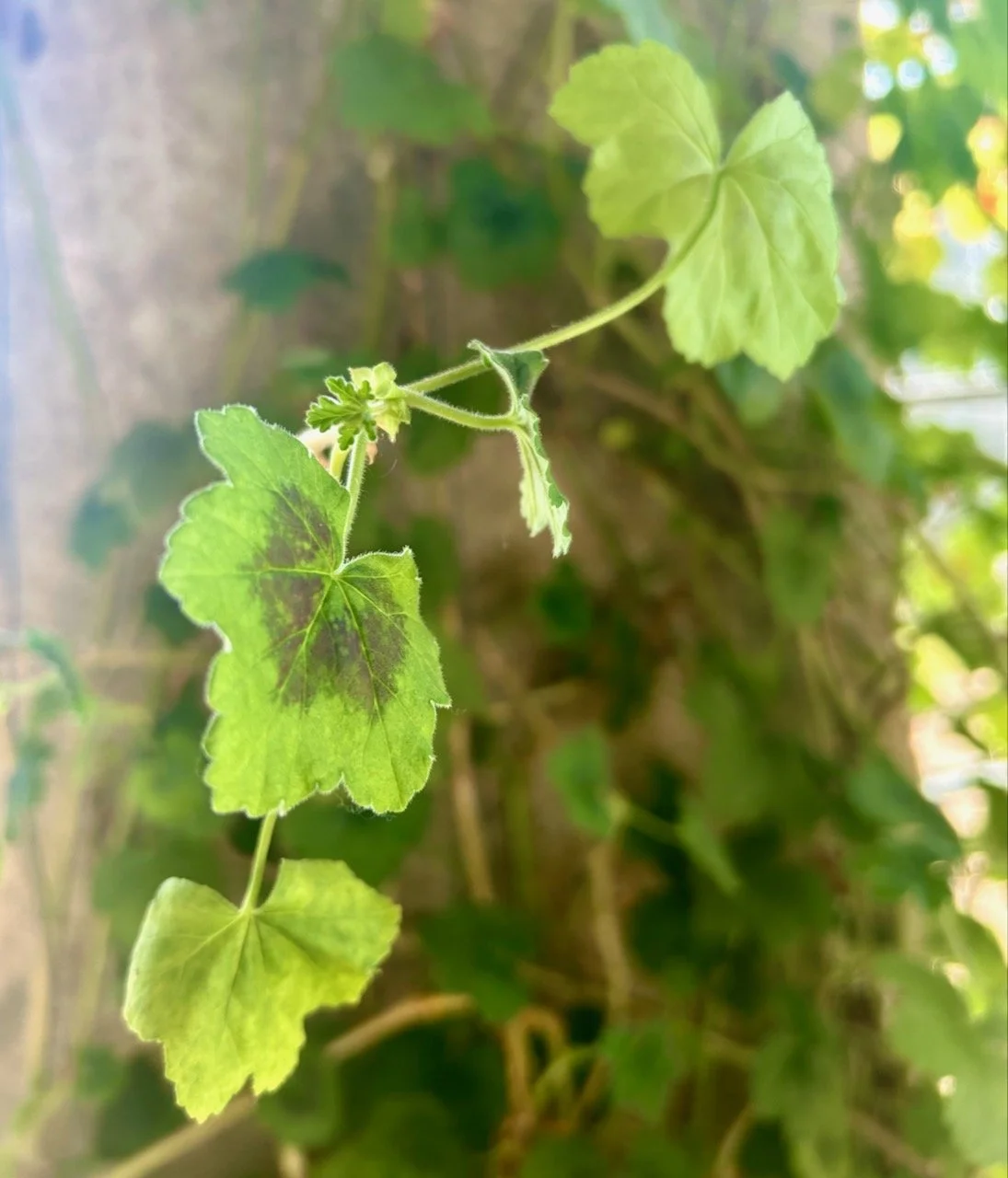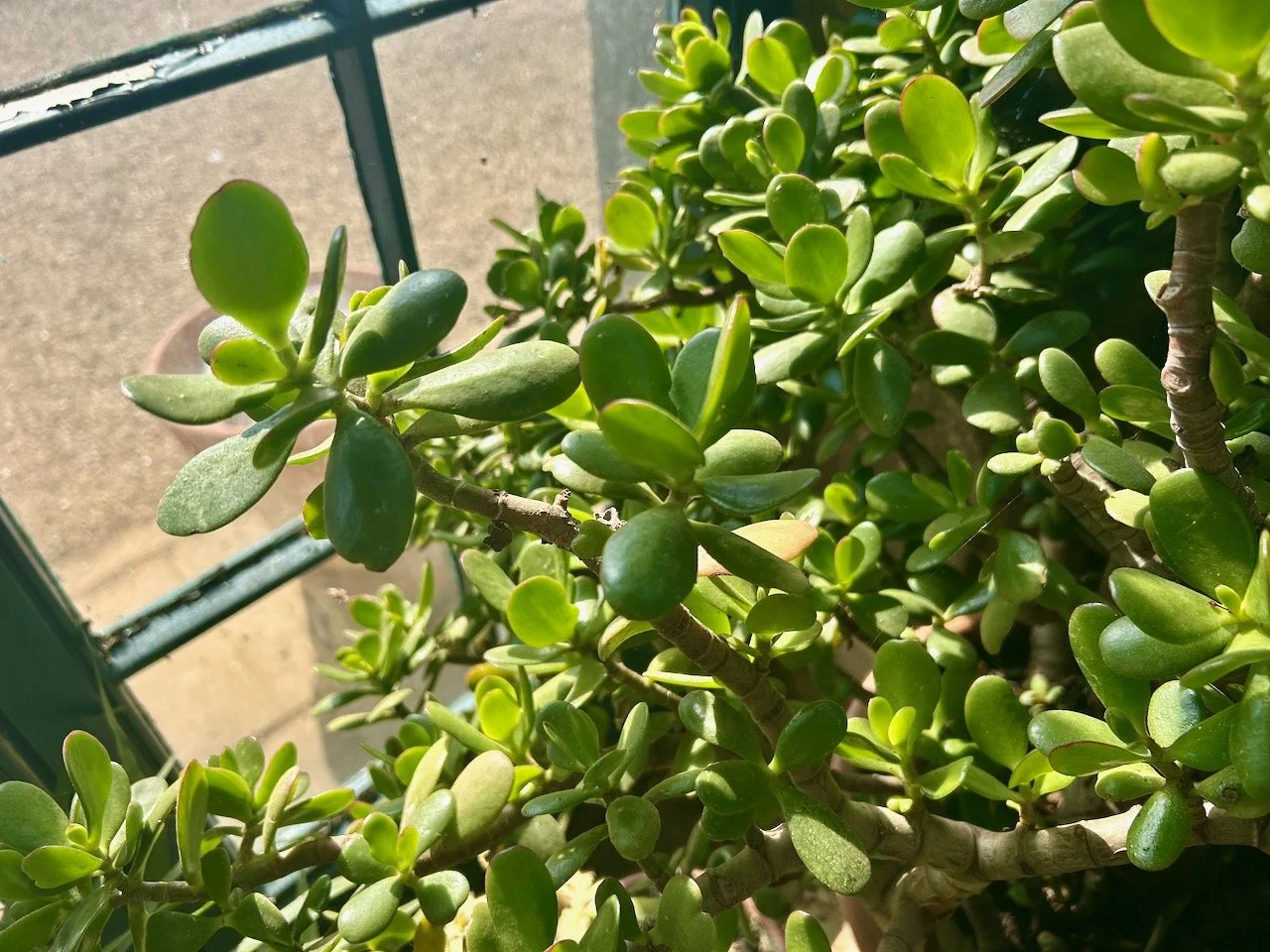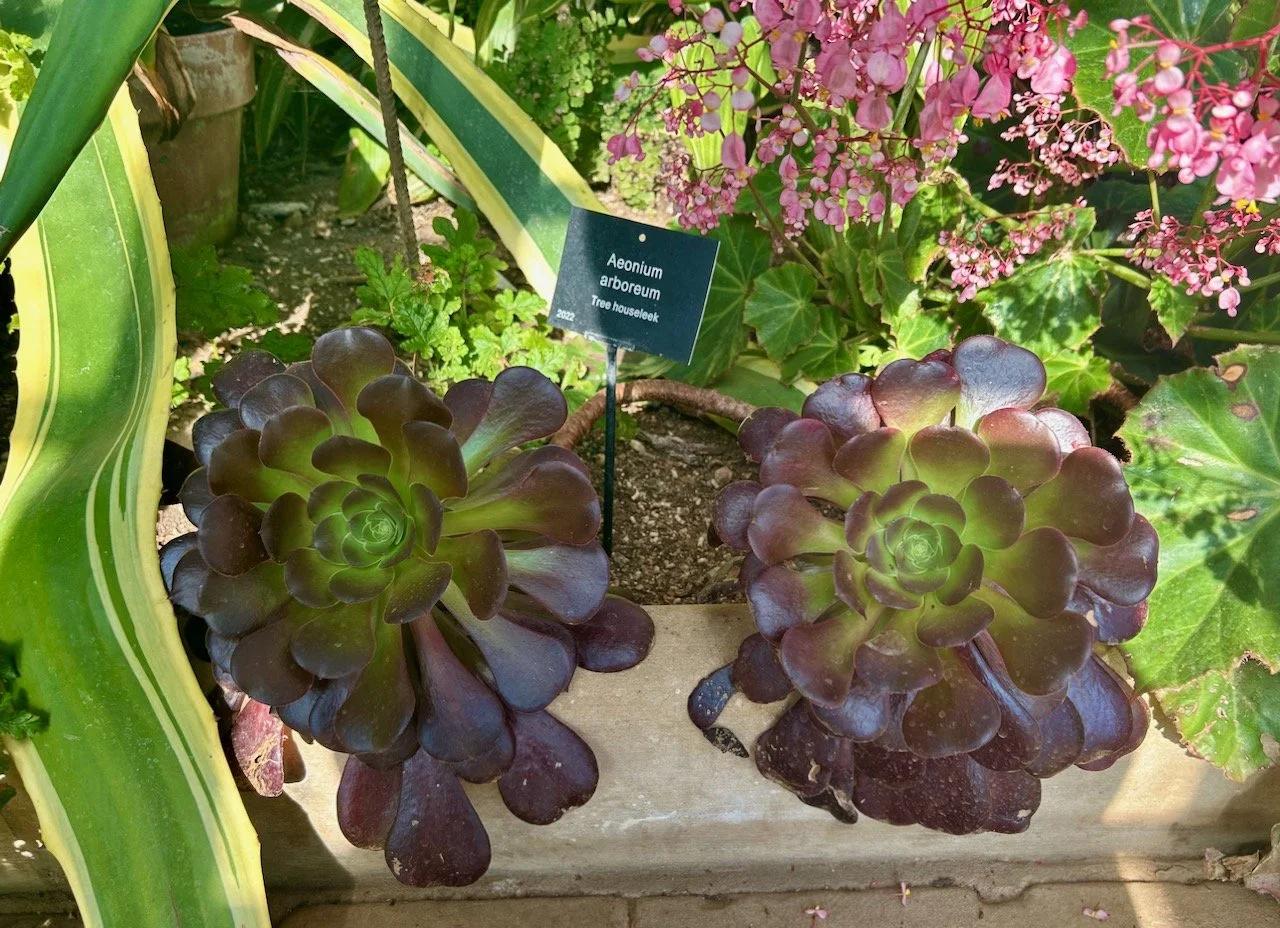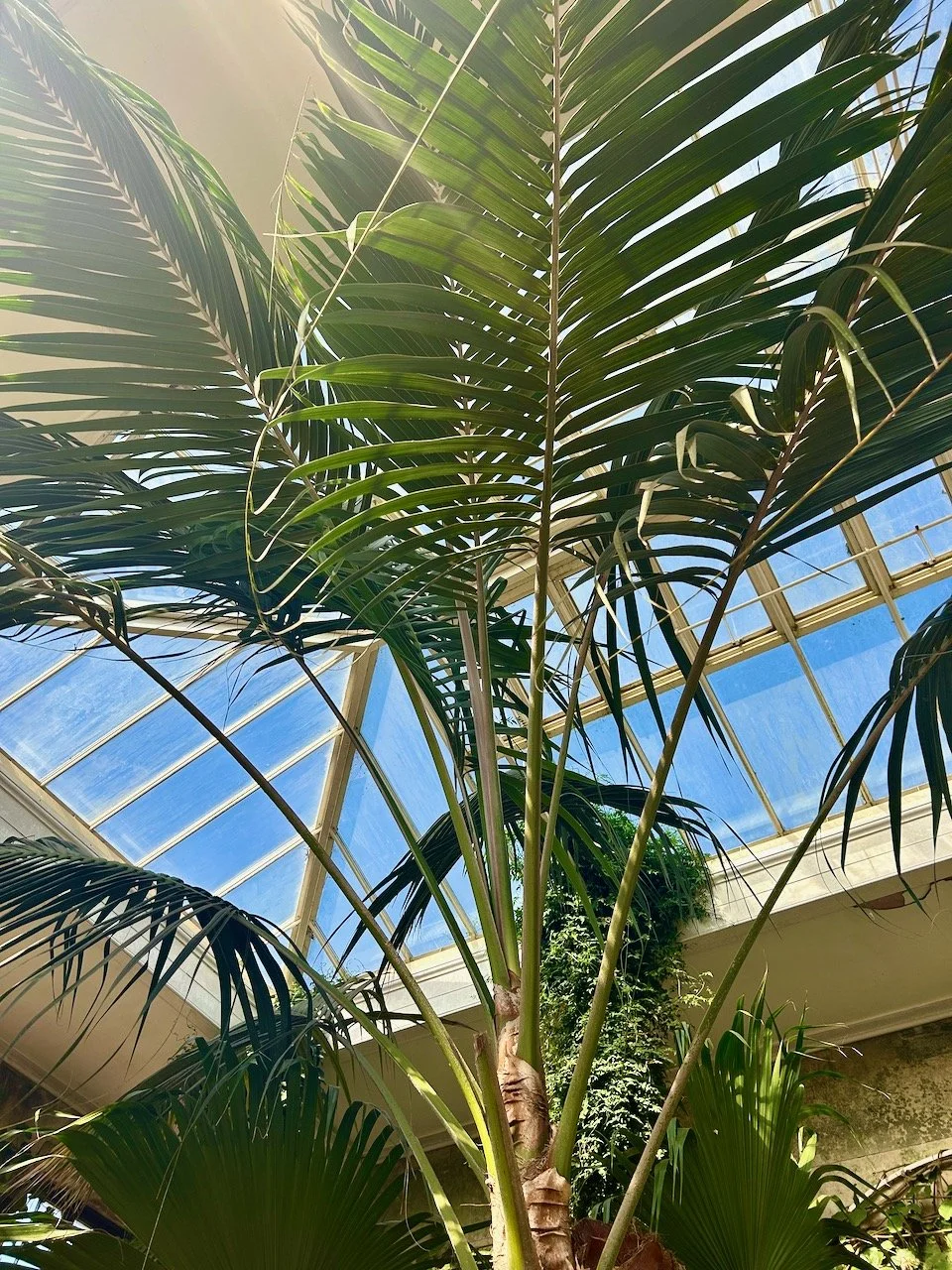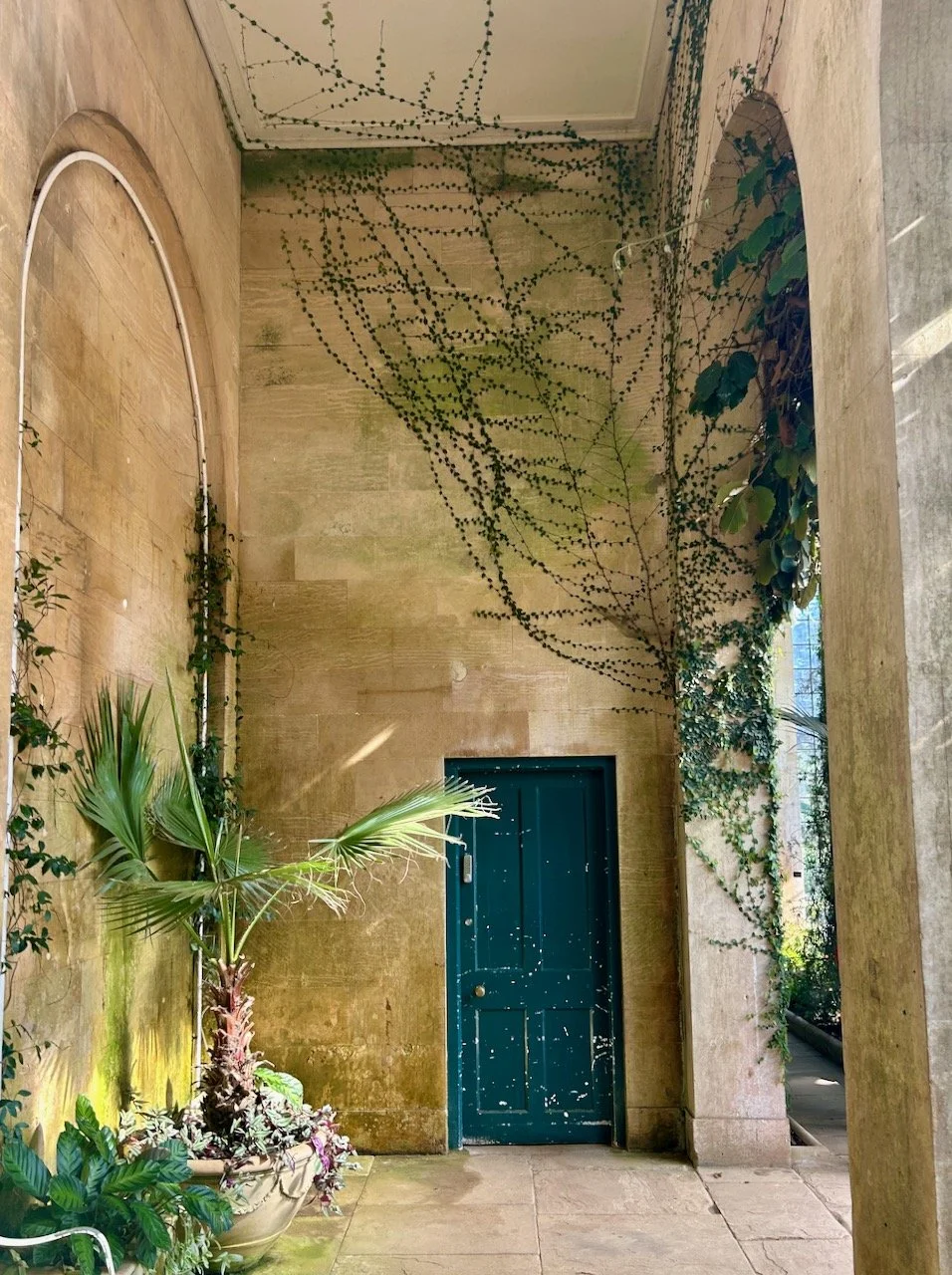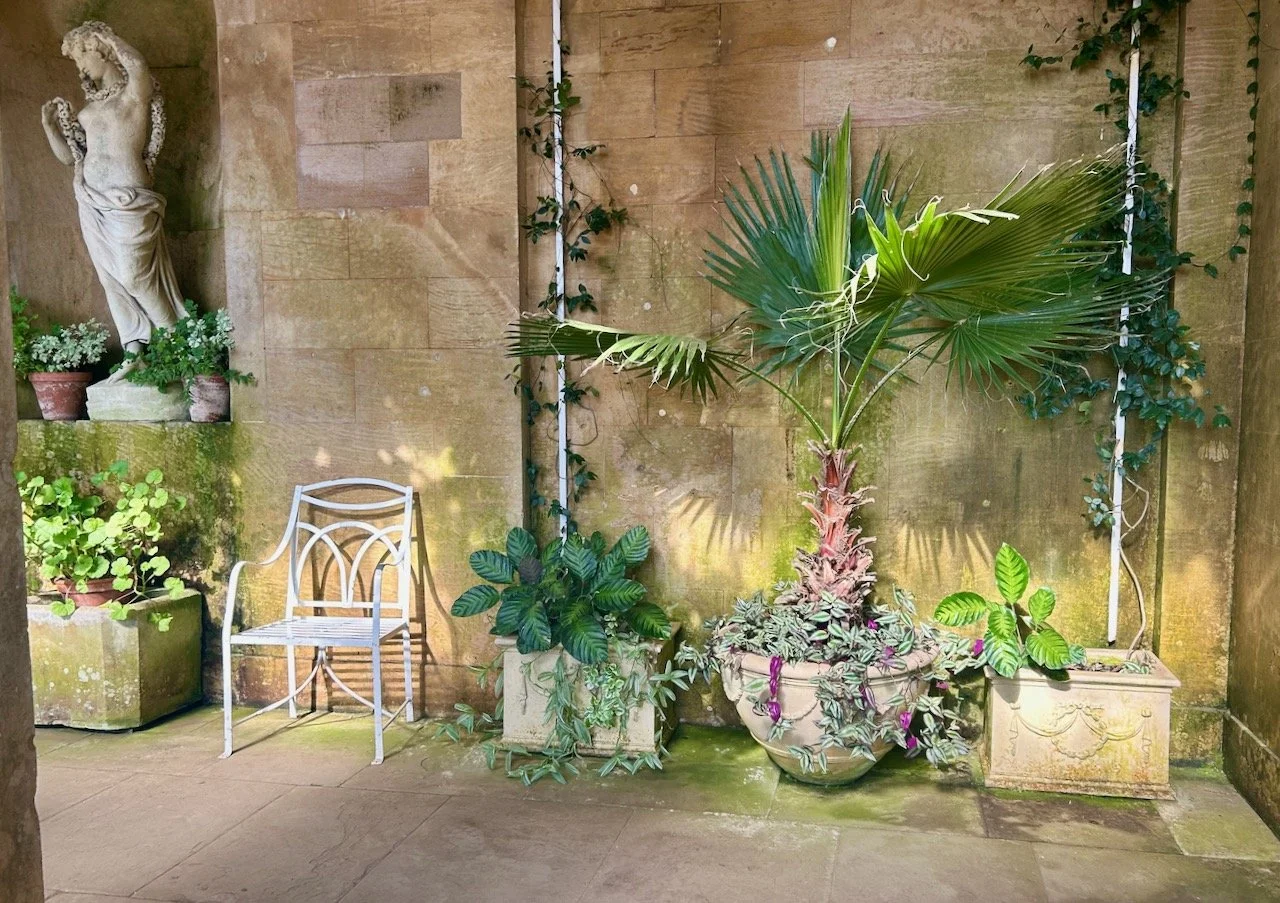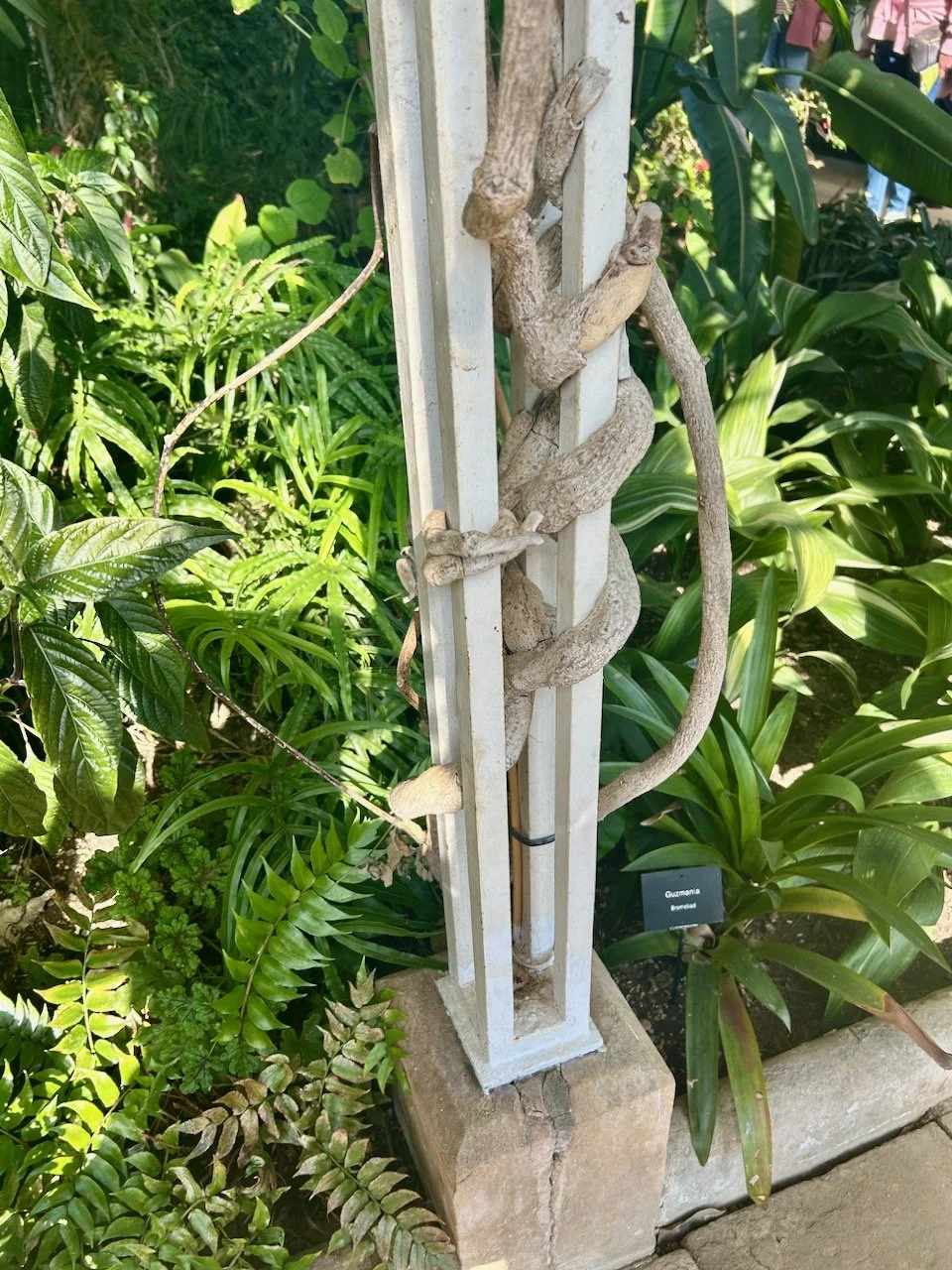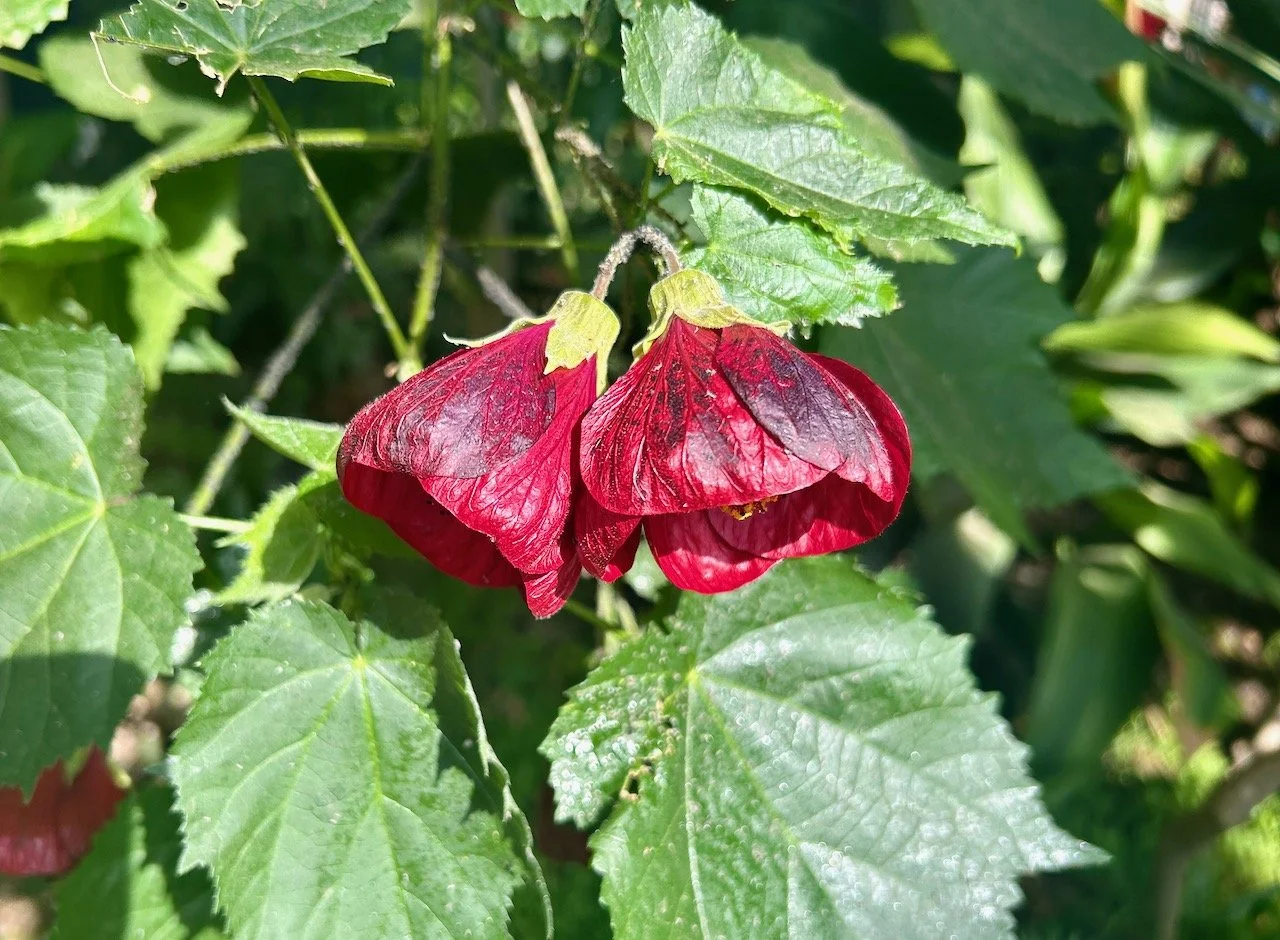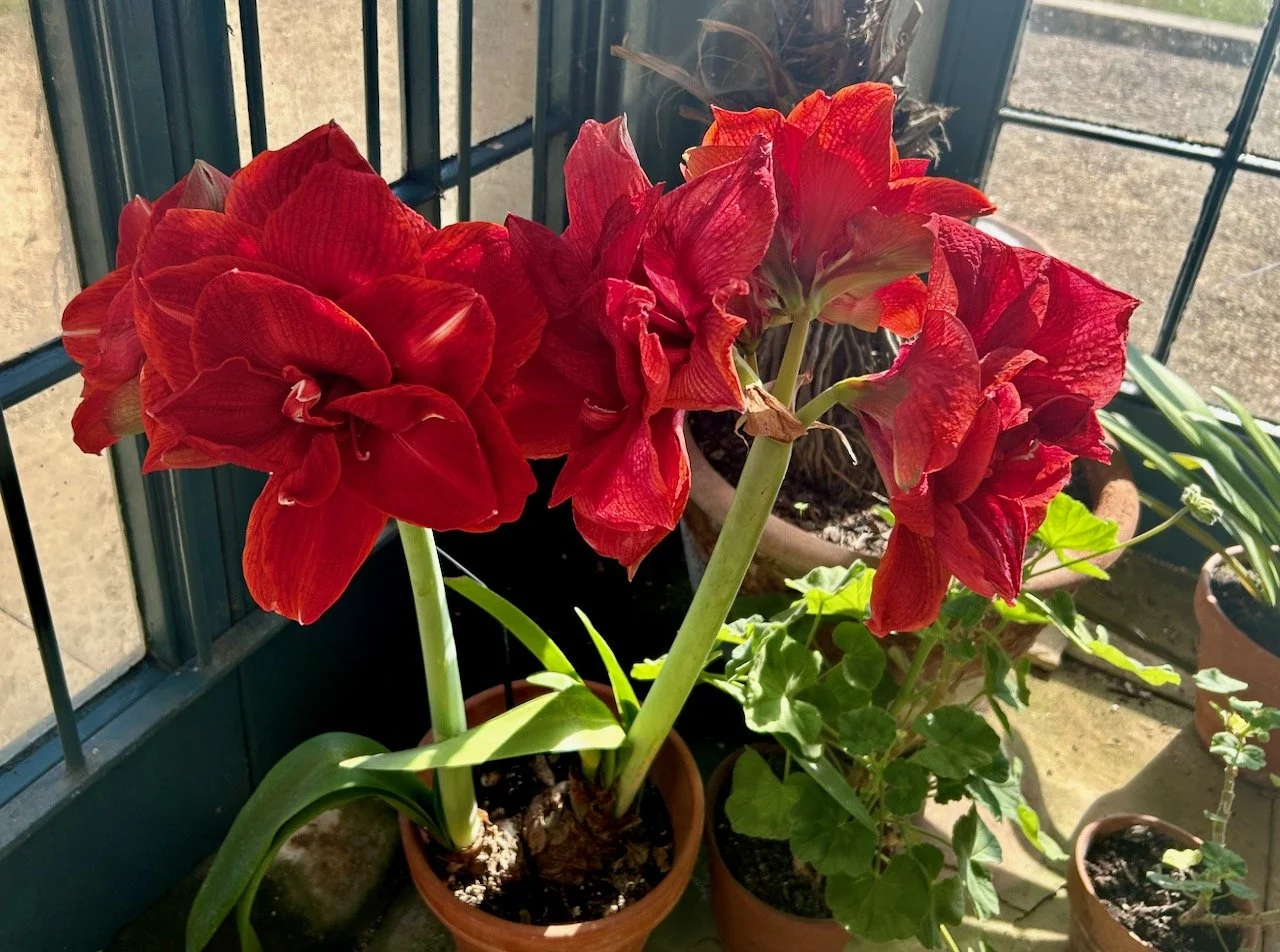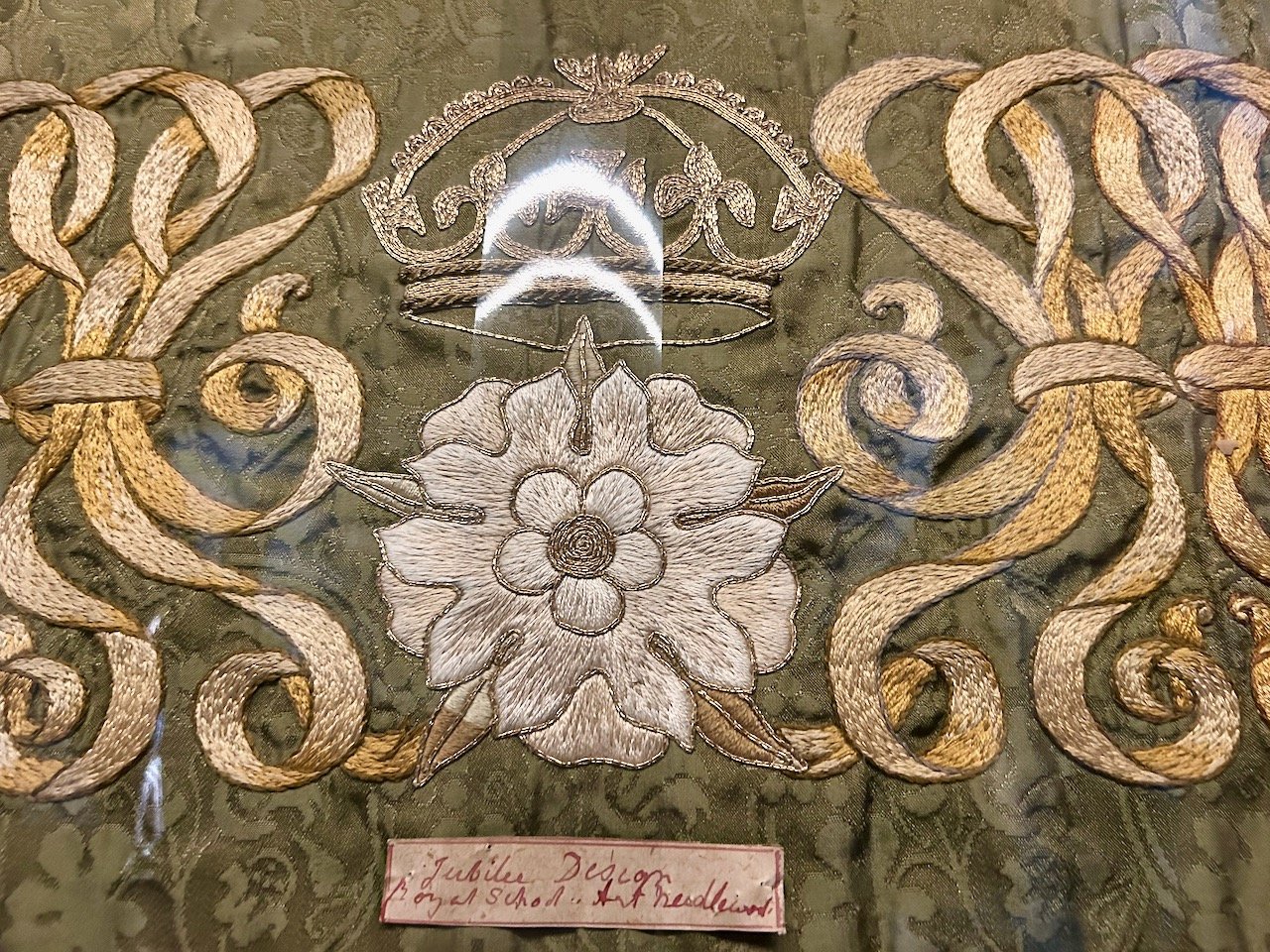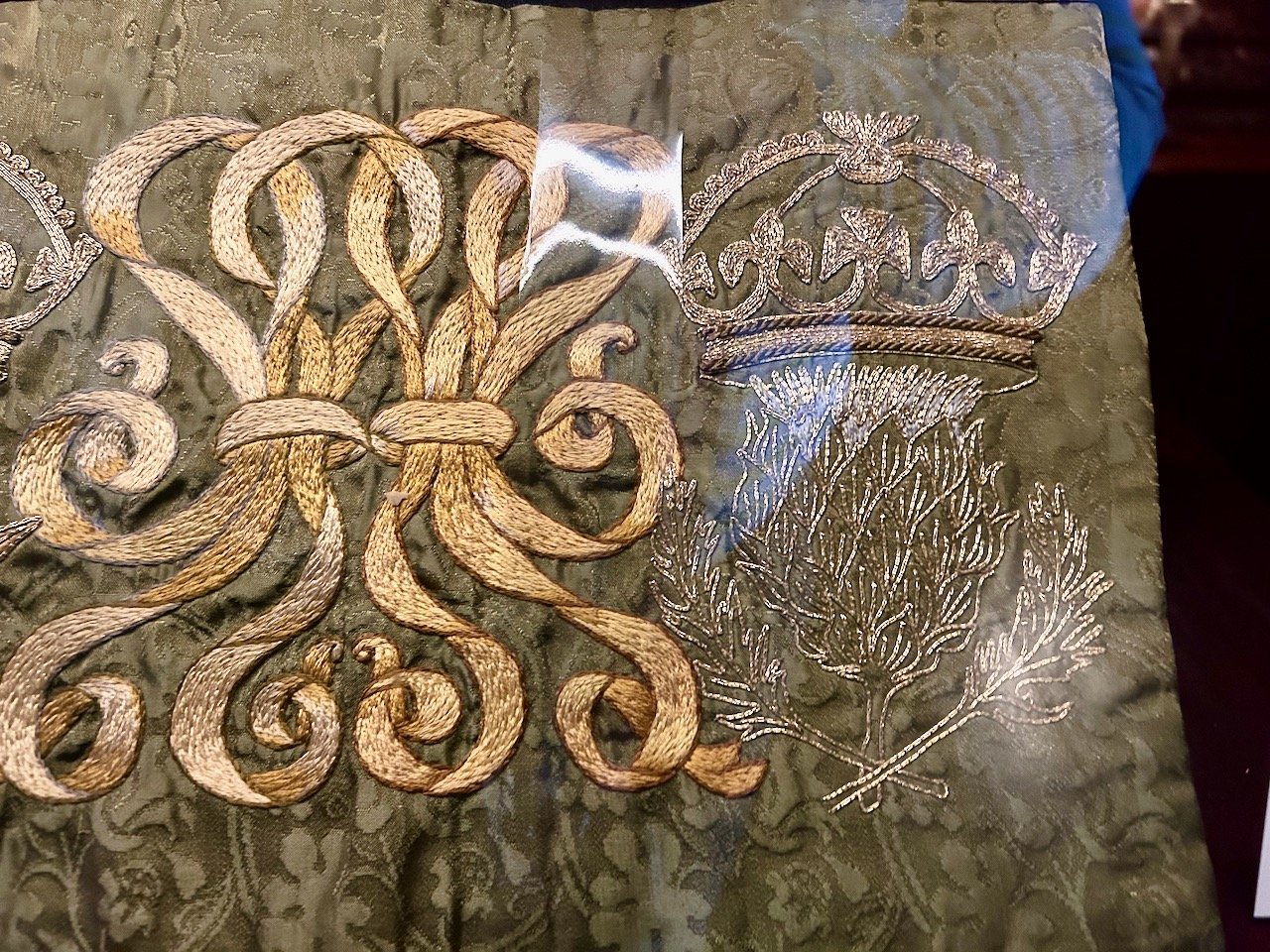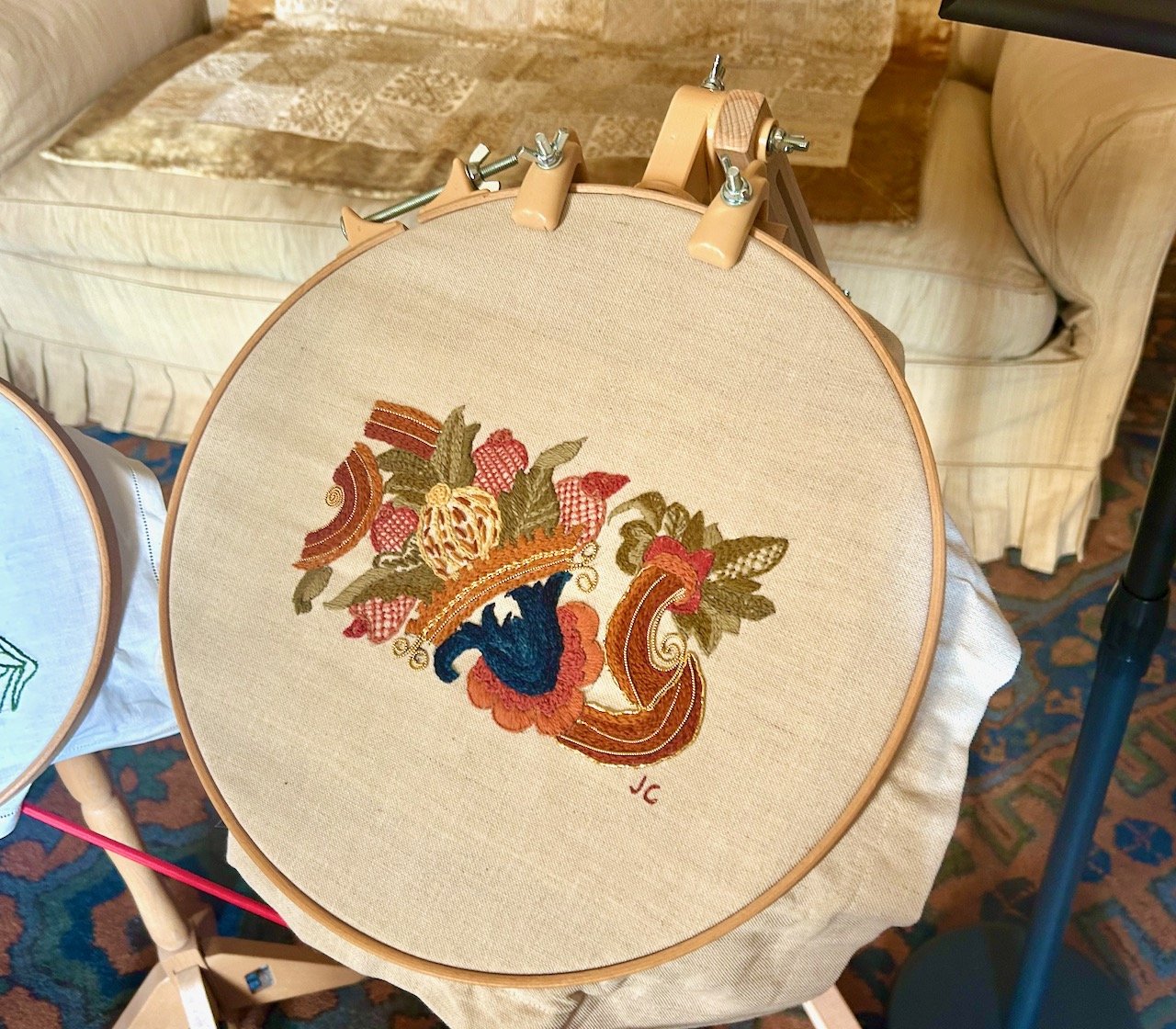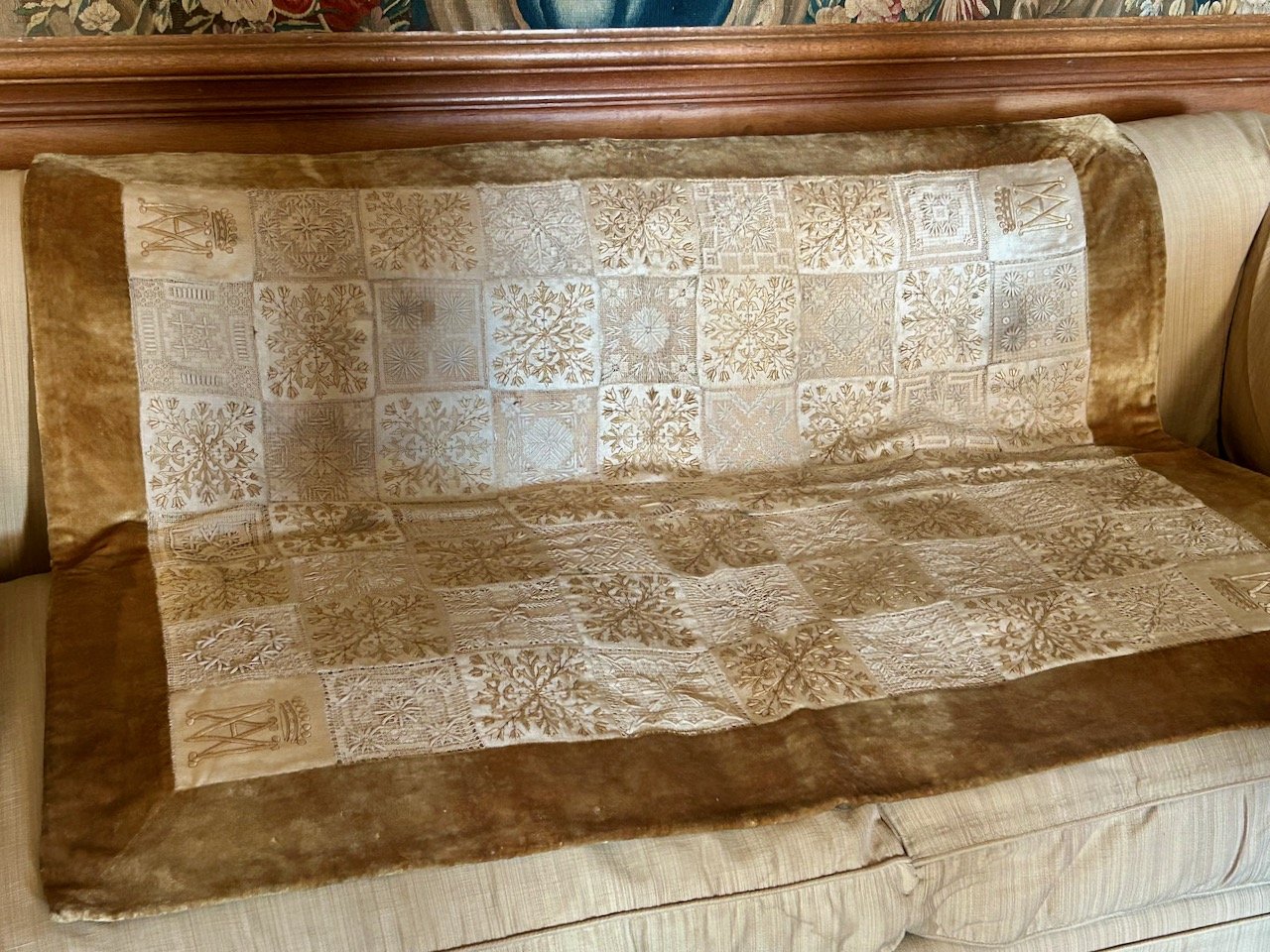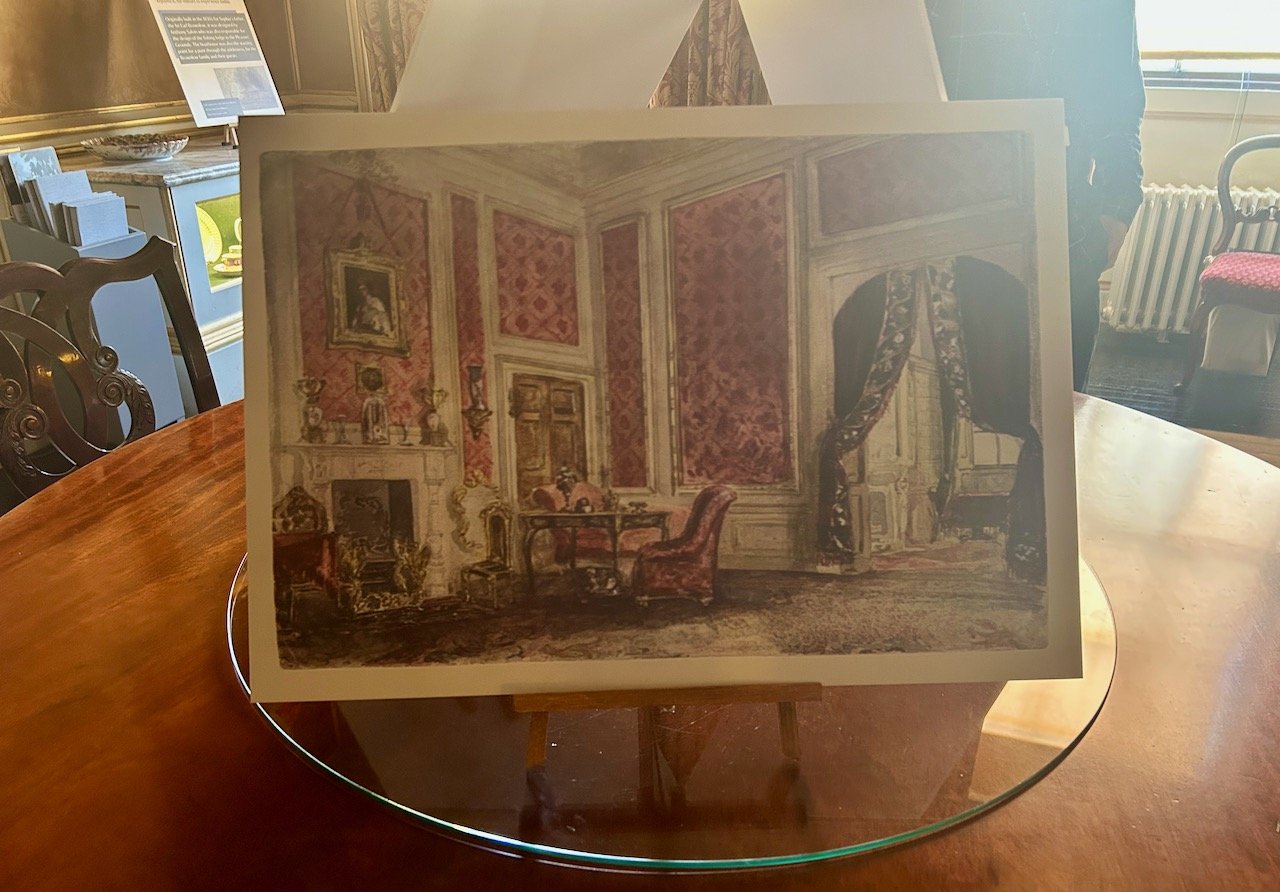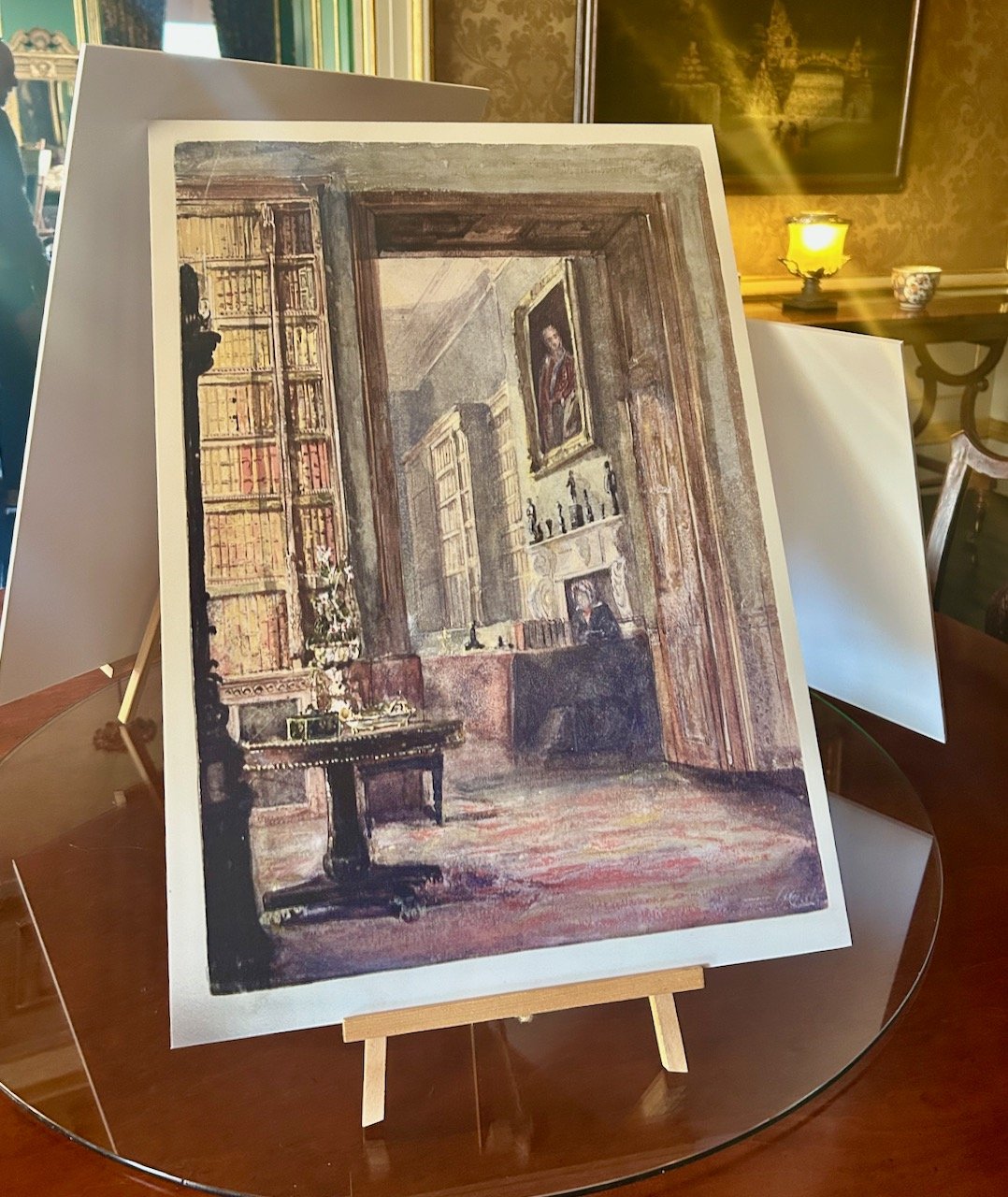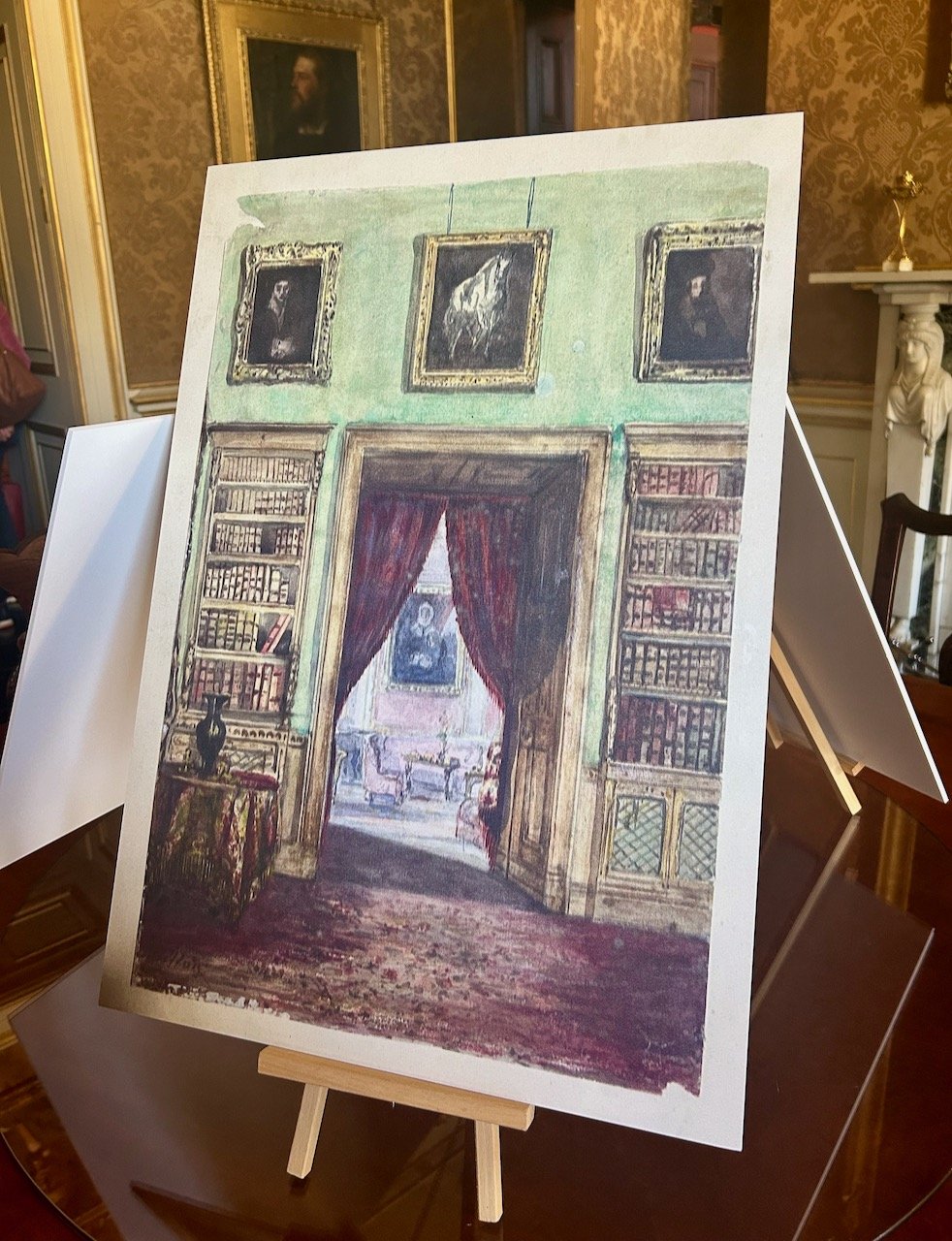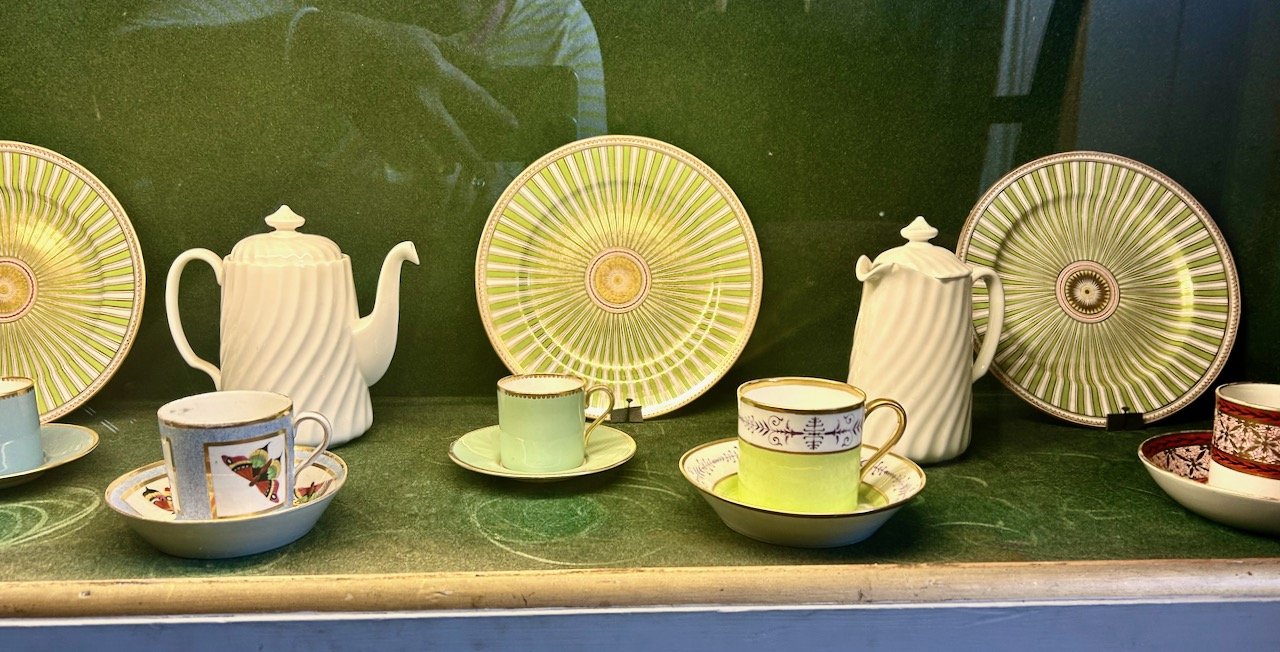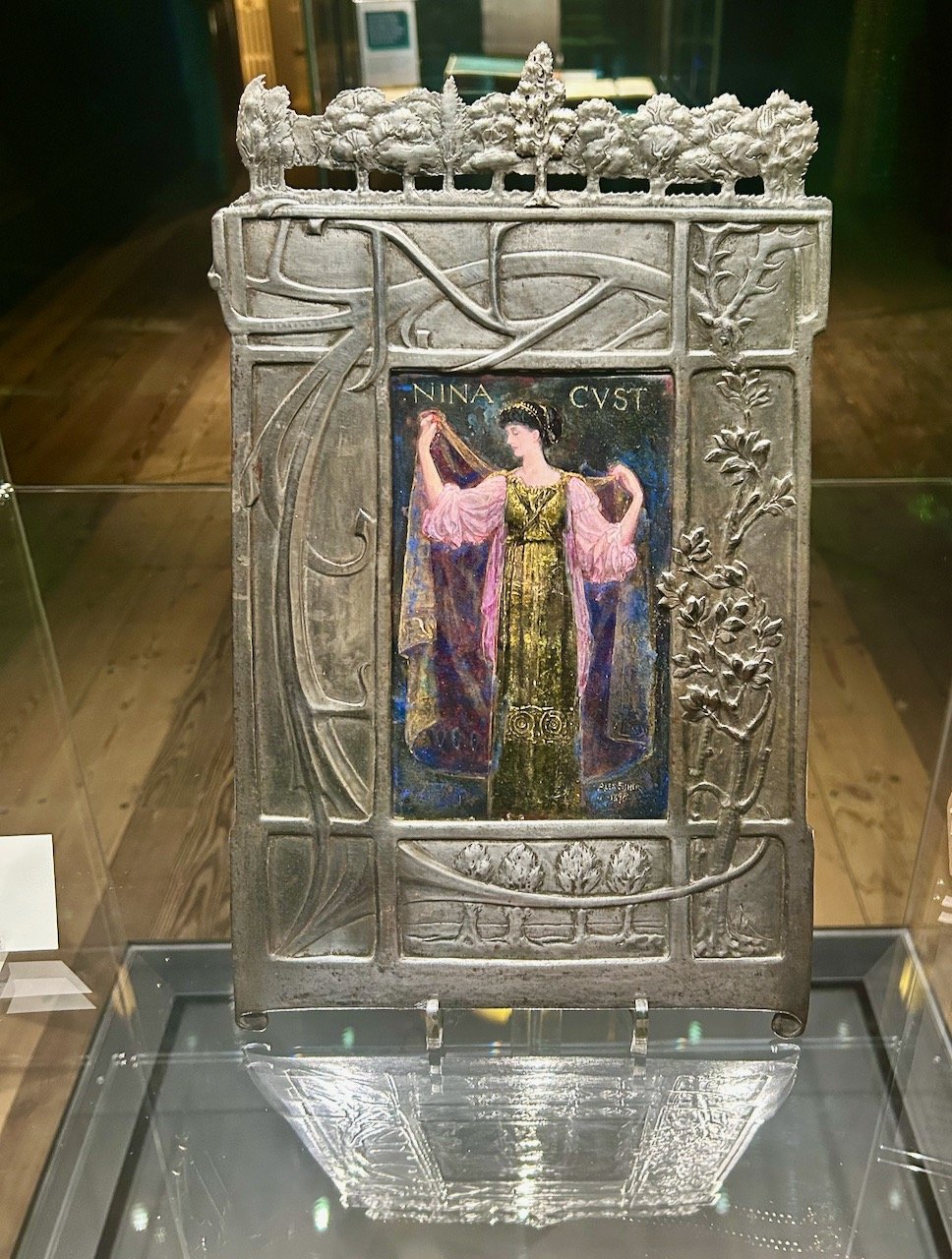It’s been a wee while since I shared details of my last visit to Belton where I saw their new exhibition, crafting a new narrative, and finally got to revisit the orangery, and I promised to share more from inside the house. So today let’s take a virtual wander around the bedrooms at Belton.
I didn’t remember these from our previous visit, and that’s because I hadn’t seen them. The whole of the upstairs was closed off as we visited soon after the Covid restrictions were starting to be lifted and understandably things were not able to go back to before’s normal straightaway.
The Blue Bedroom was originally designed as a family bedroom, but the information in the room said that the scale and quality of the bed implies it was not made for this room but for a more luxurious state bedroom. It was re-upholstered which covered an original crimson damask.
During the 2002 room’s restoration and conservation of the bed, it was decided to remain sympathetic to its clearly faded colours. The once bright blue silks were reproduced in this paler hue, with the wallpaper reproduced in keeping with the bed, which is why this blue bedroom is a bit paler, and not blue at first glance.
The Chinese Bedroom was one of my favourite rooms. The wallpaper was hand painted in China and intended for export. It’s pink background is now faded and the figures were stylish adaptations to appeal to European consumers. It was hung, unbelievably, in 1830 but probably made much earlier.
What always surprises me by these older wallpapers is how modern and relevant to today’s decor they are. While I’m not sure many of us would have hand painted wallpaper at such cost, or at such scale as here in Belton, but wouldn’t it be nice if we did?
The Queen’s Bedroom has a central position in the house, and was defined as the ‘Best Chamber’ in the 1688 inventory. It was the most lavishly furnished bedroom in the house at that time and would have been offered to only the most prestigious guests. Some of the fabrics have been replaced, but the braids, fringing and tassels are all original.
Another of my favourite rooms is the Boudoir, and while it may seem a strange inclusion here it was originally furnished as a bedroom but then entirely remodelled to create a dressing room for Lady Brownlow. The room has changed over the years, but some of James Wyatt’s design from 1776-7 remains, most noticably the ceiling and the cornice.
The ceiling is amazing and has so much detail, but directly underneath it is a beautiful rug. Isn’t it gorgeous?
The information in the room said that the National Trust have some of Wyatt’s original plans, many of which were never realised. One of those was his design for a carpet to mirror the ceiling, I’m sure that would have been as amazing, but I’m glad it didn’t happen!
Just as we were about to leave the room I spotted these fabulous elephant book ends, now they would definitely be welcome in my house, even more so than the rug.
It was great to see the bedrooms, and I’m sure we’ll be back to see more of the house at some point. Like many places, I think the more you go to a place, the more you get the feeling for it and the more you see, and I know there’s so many more layers to discover and explore.

